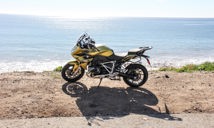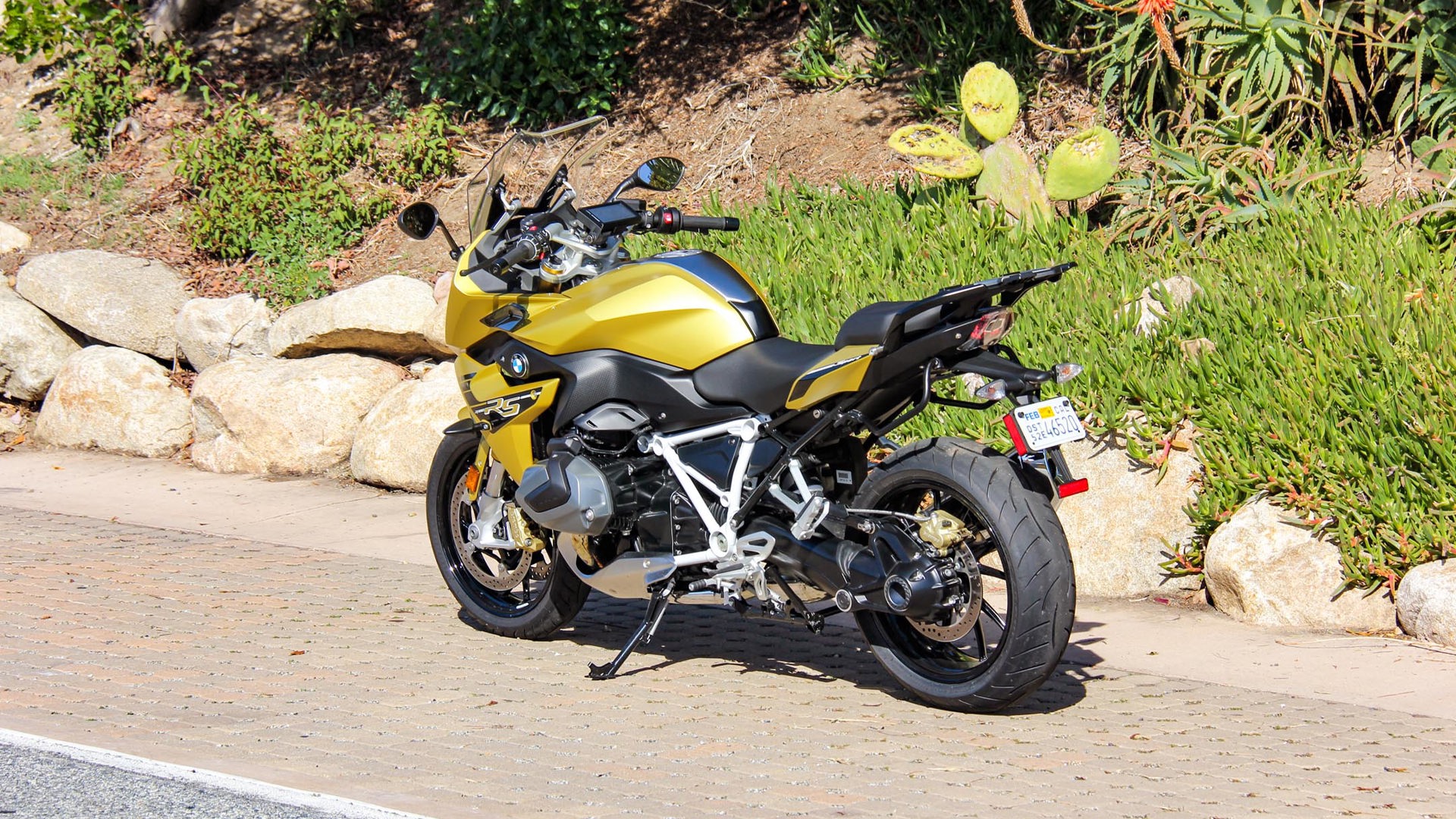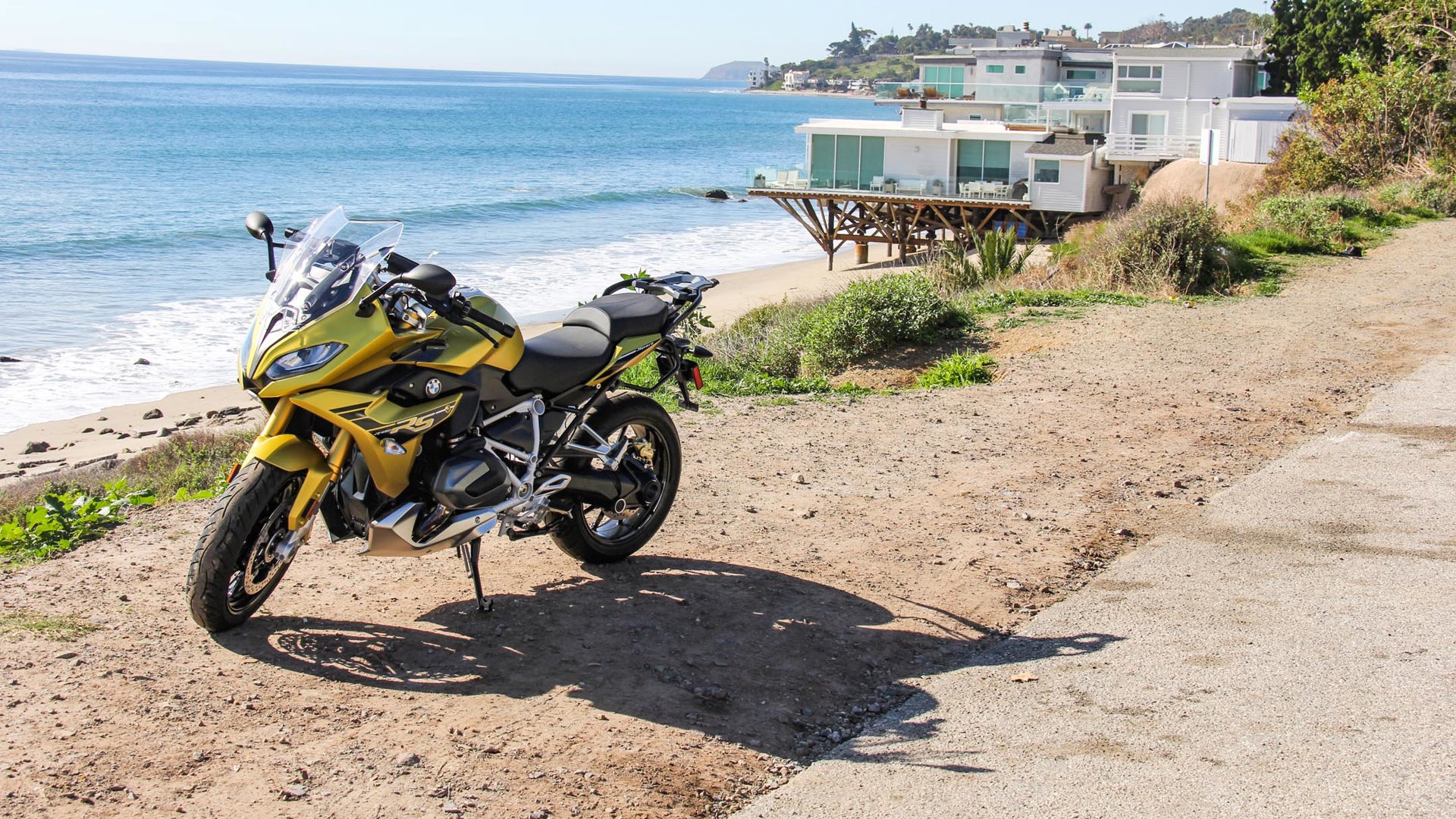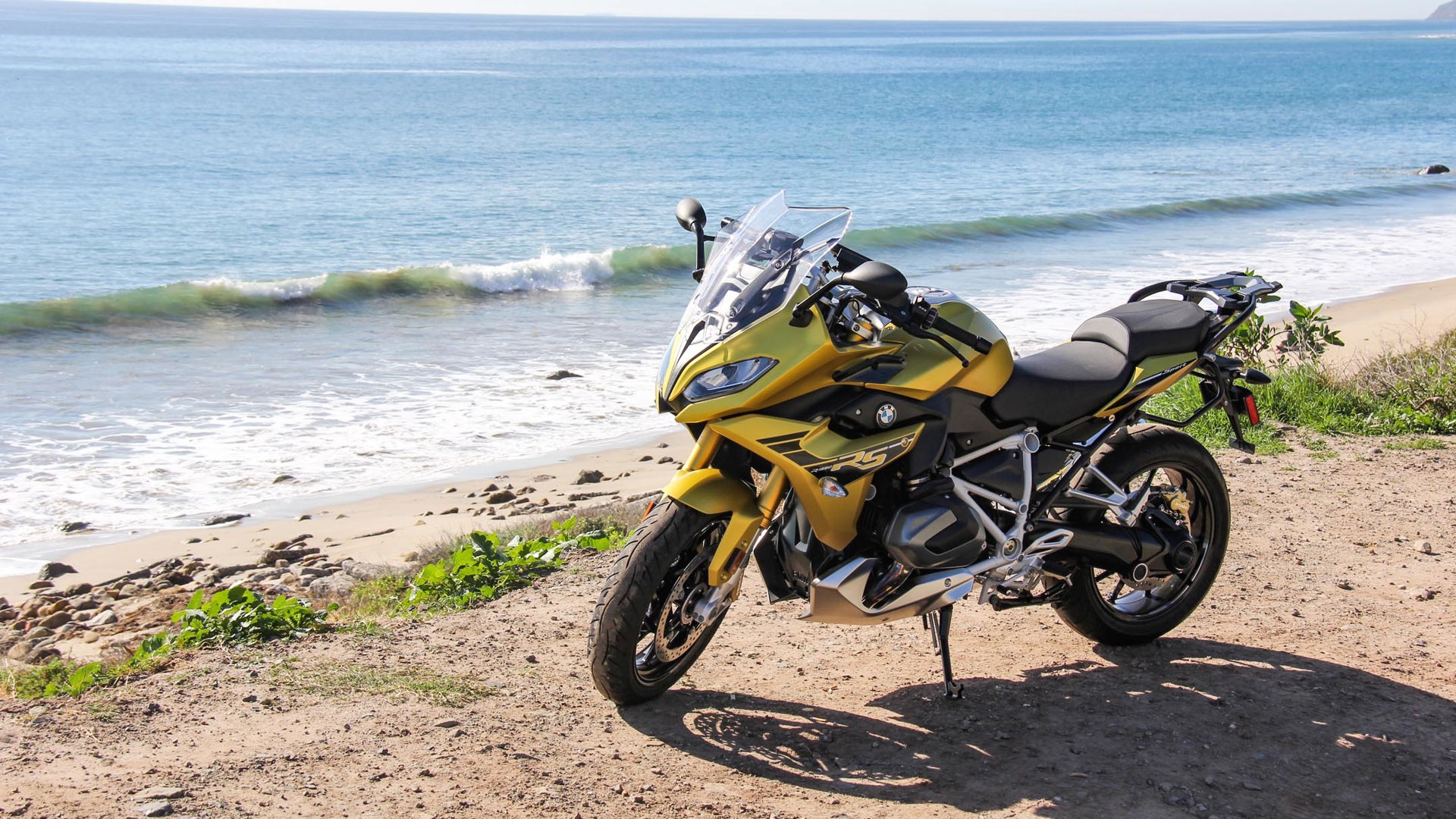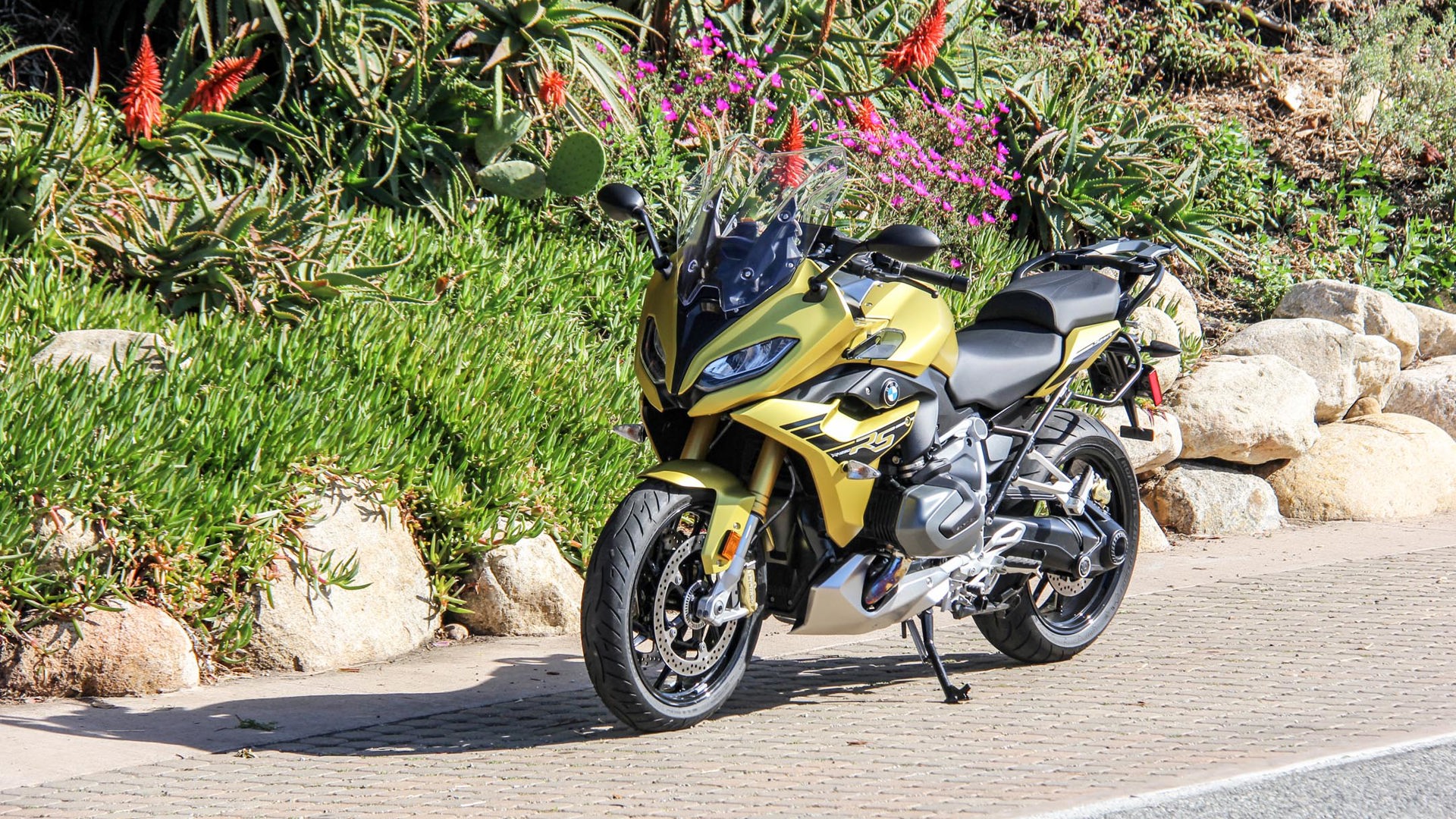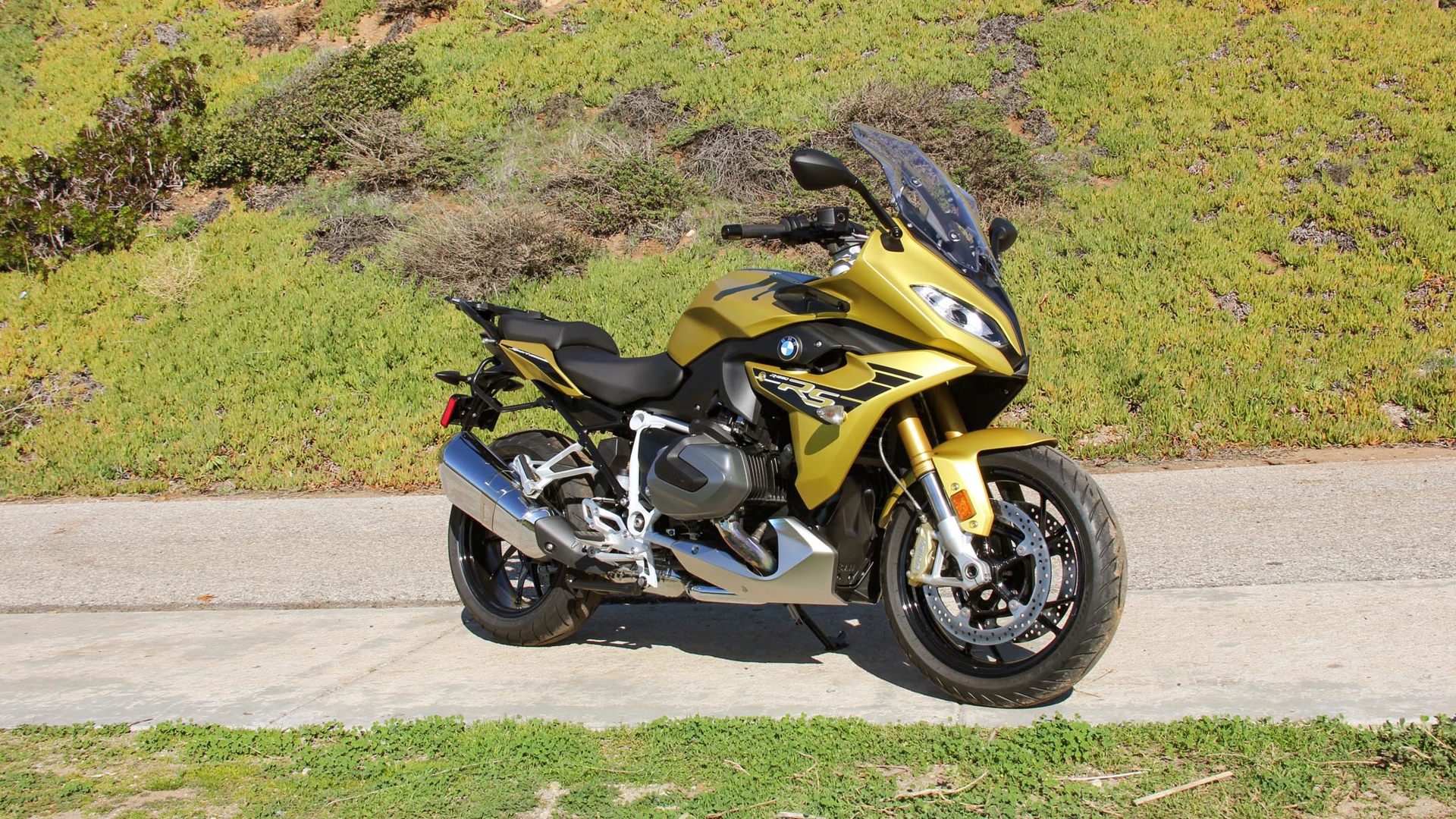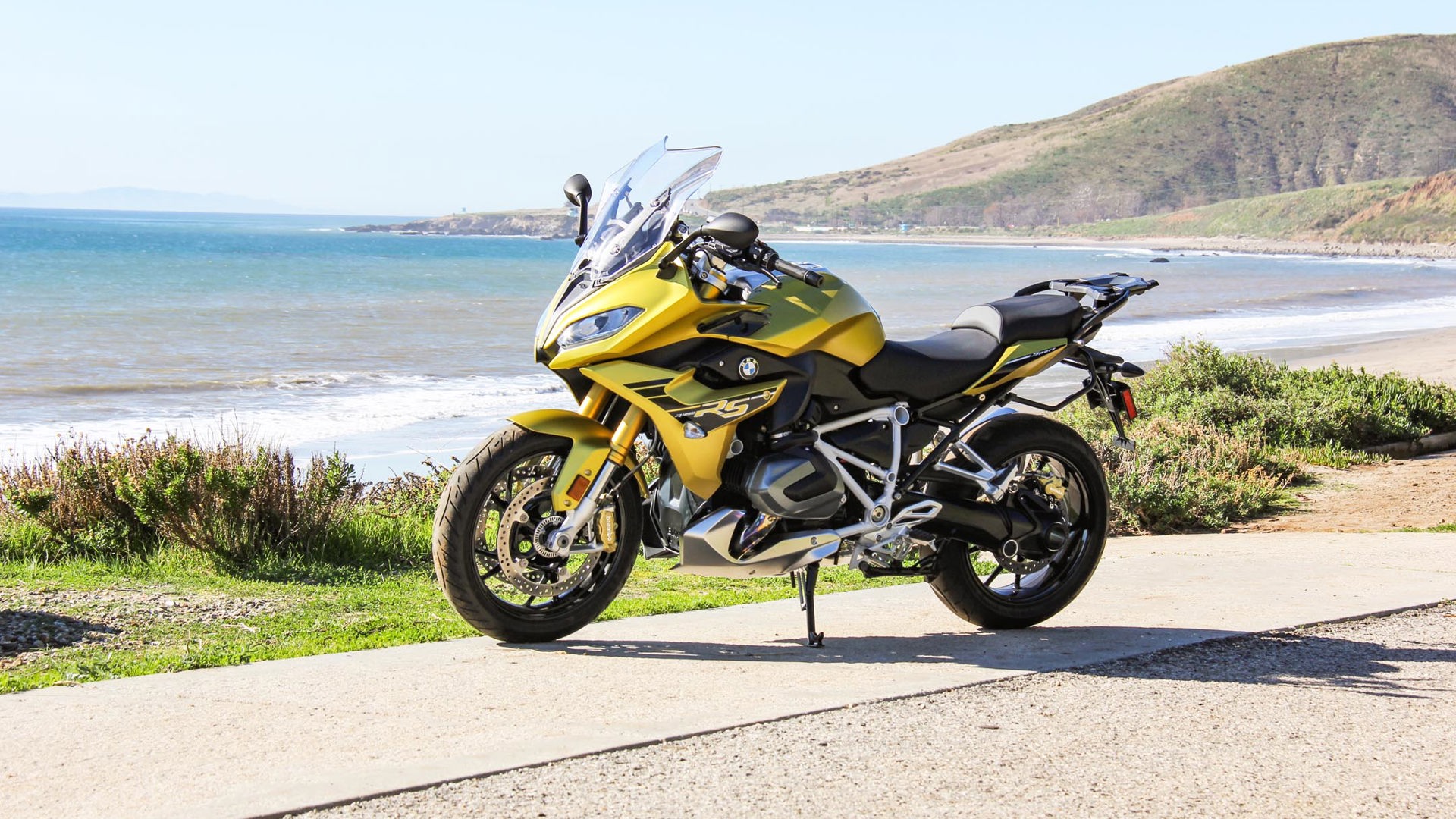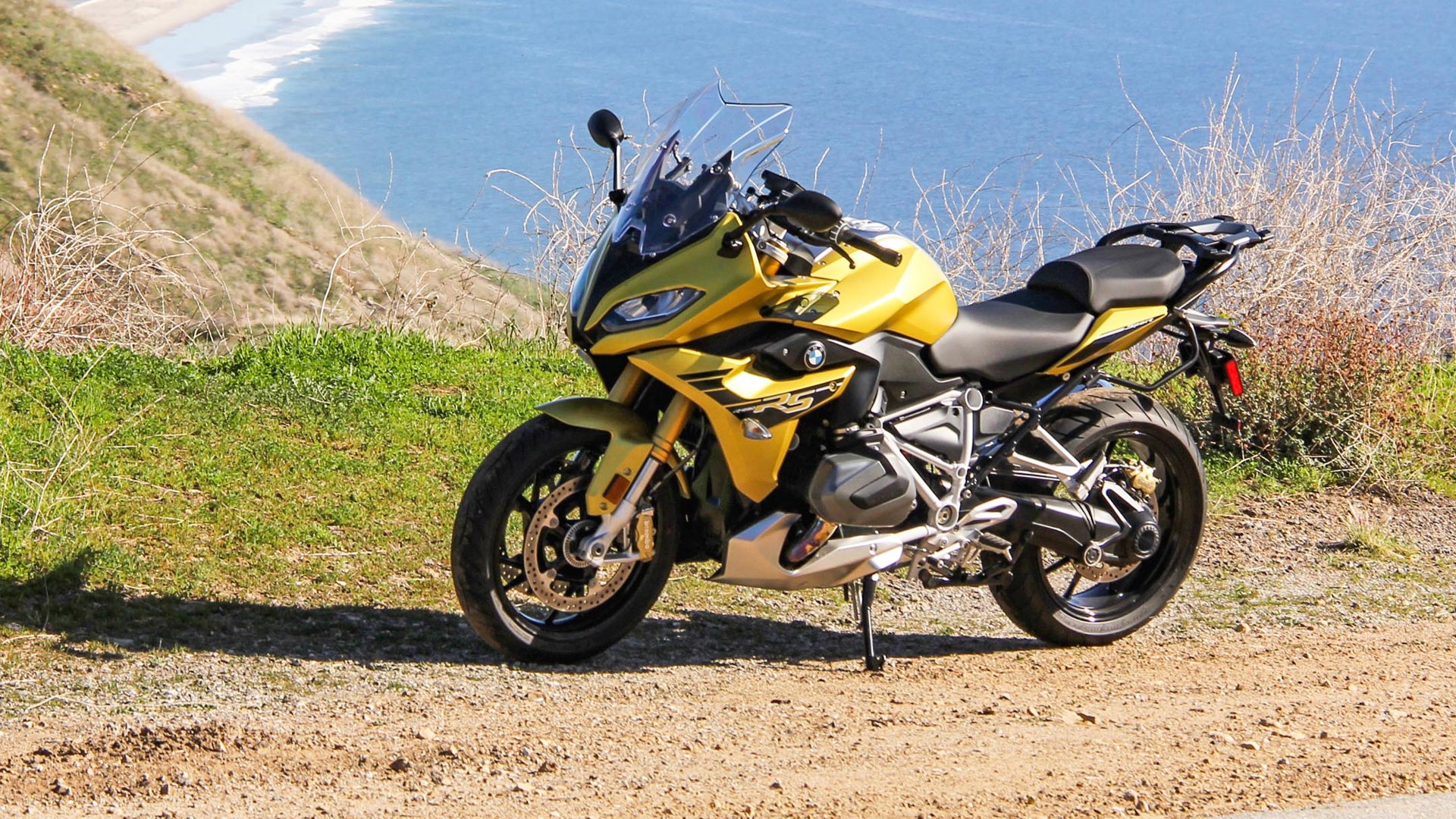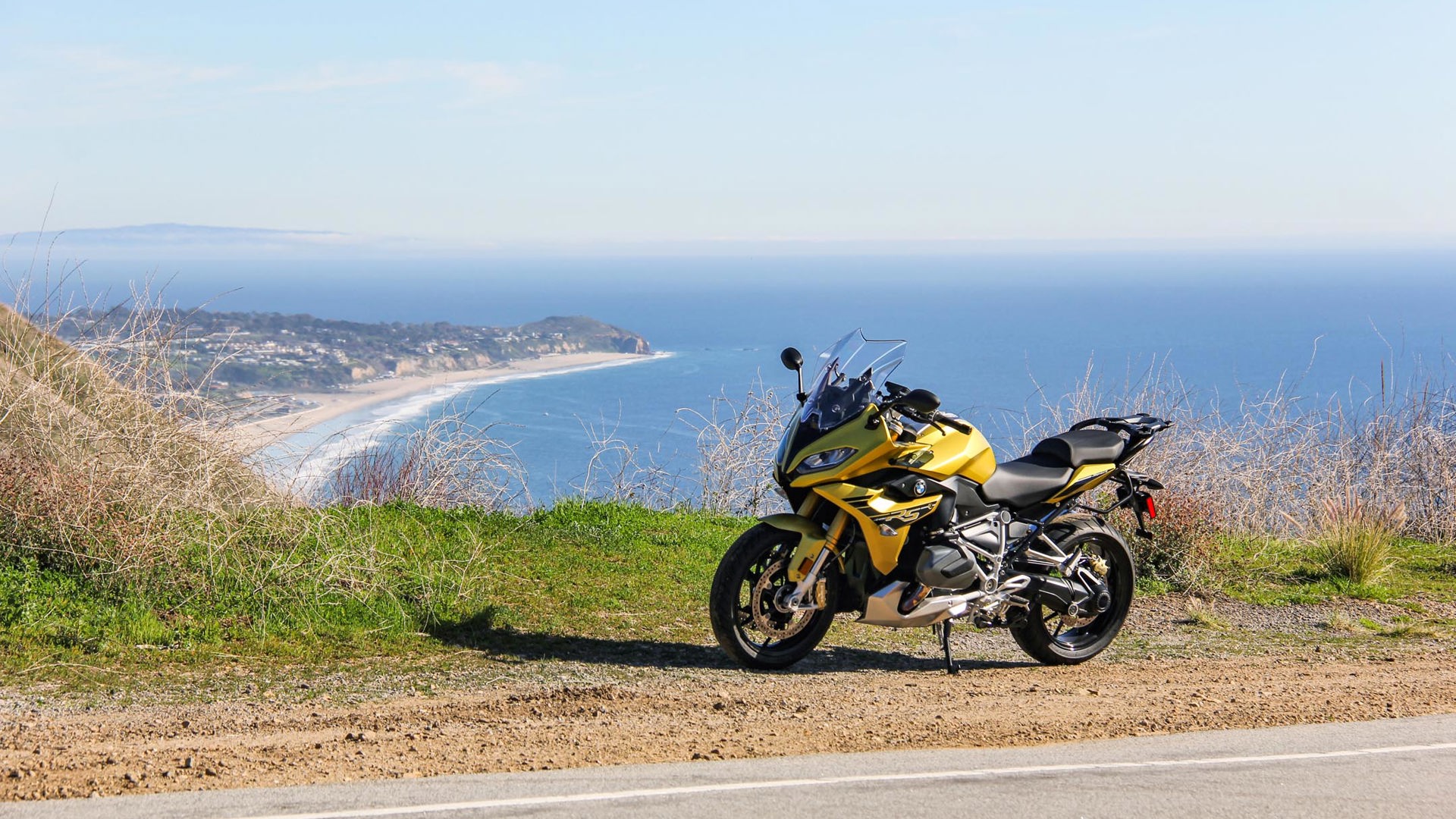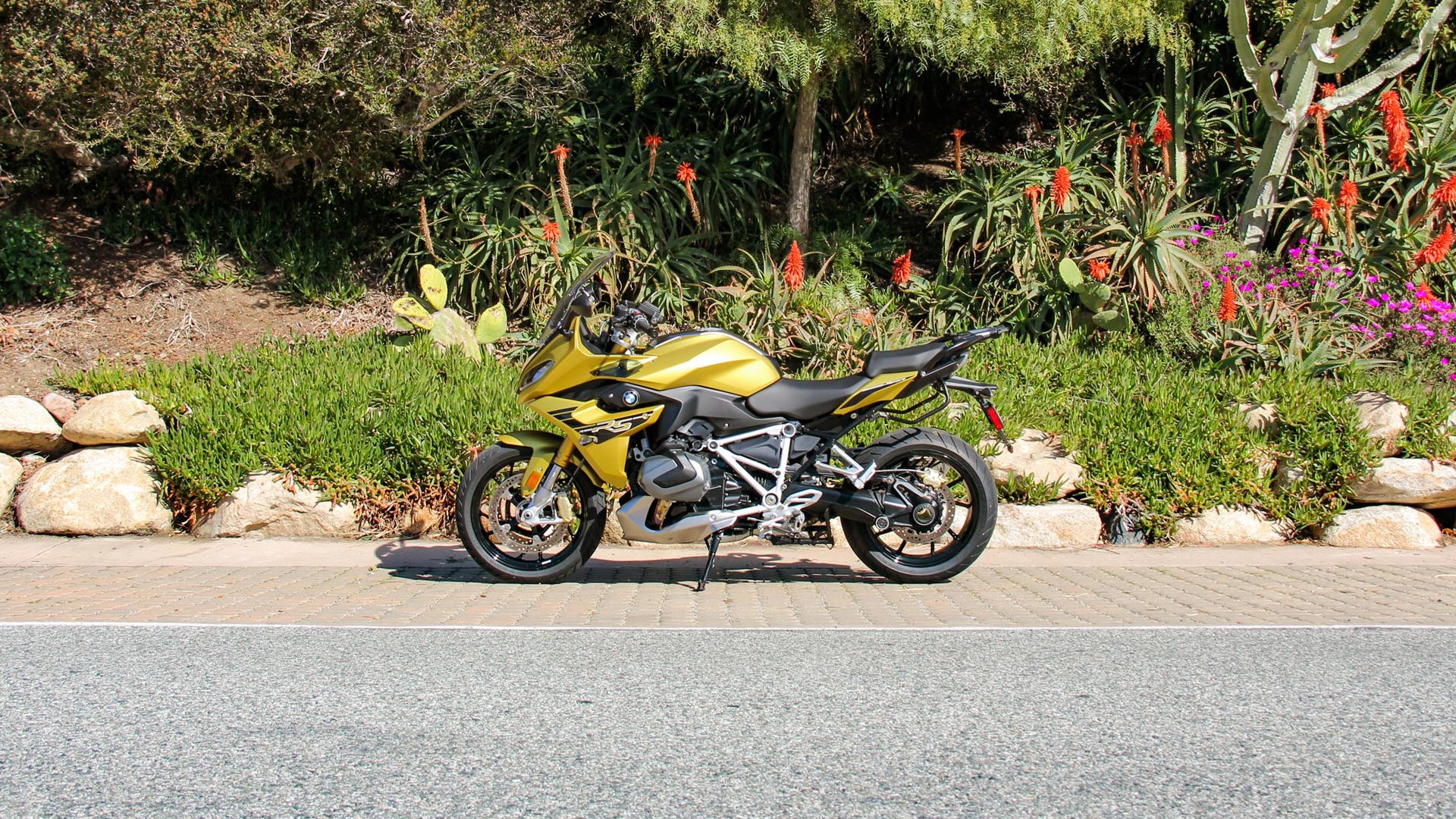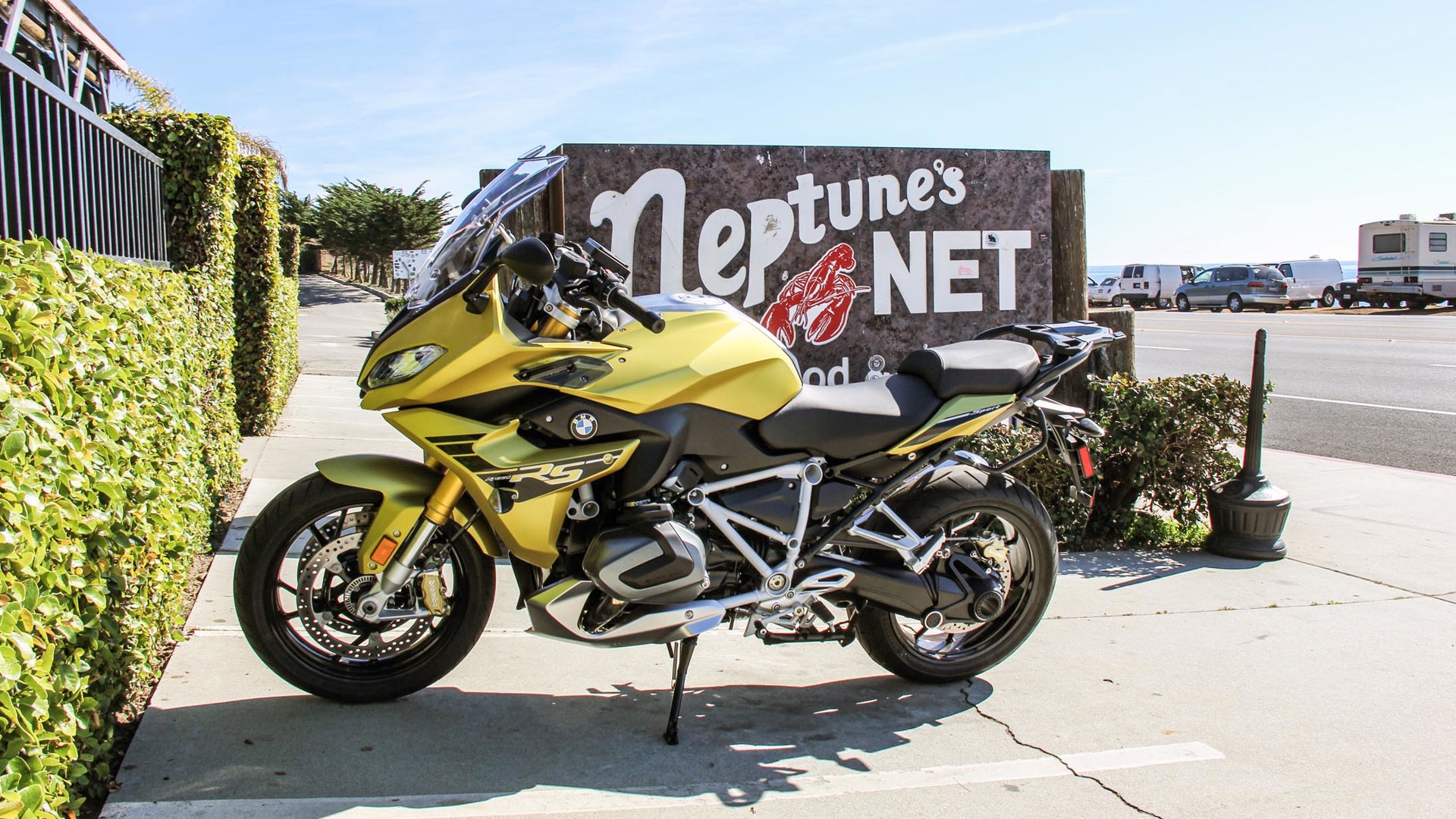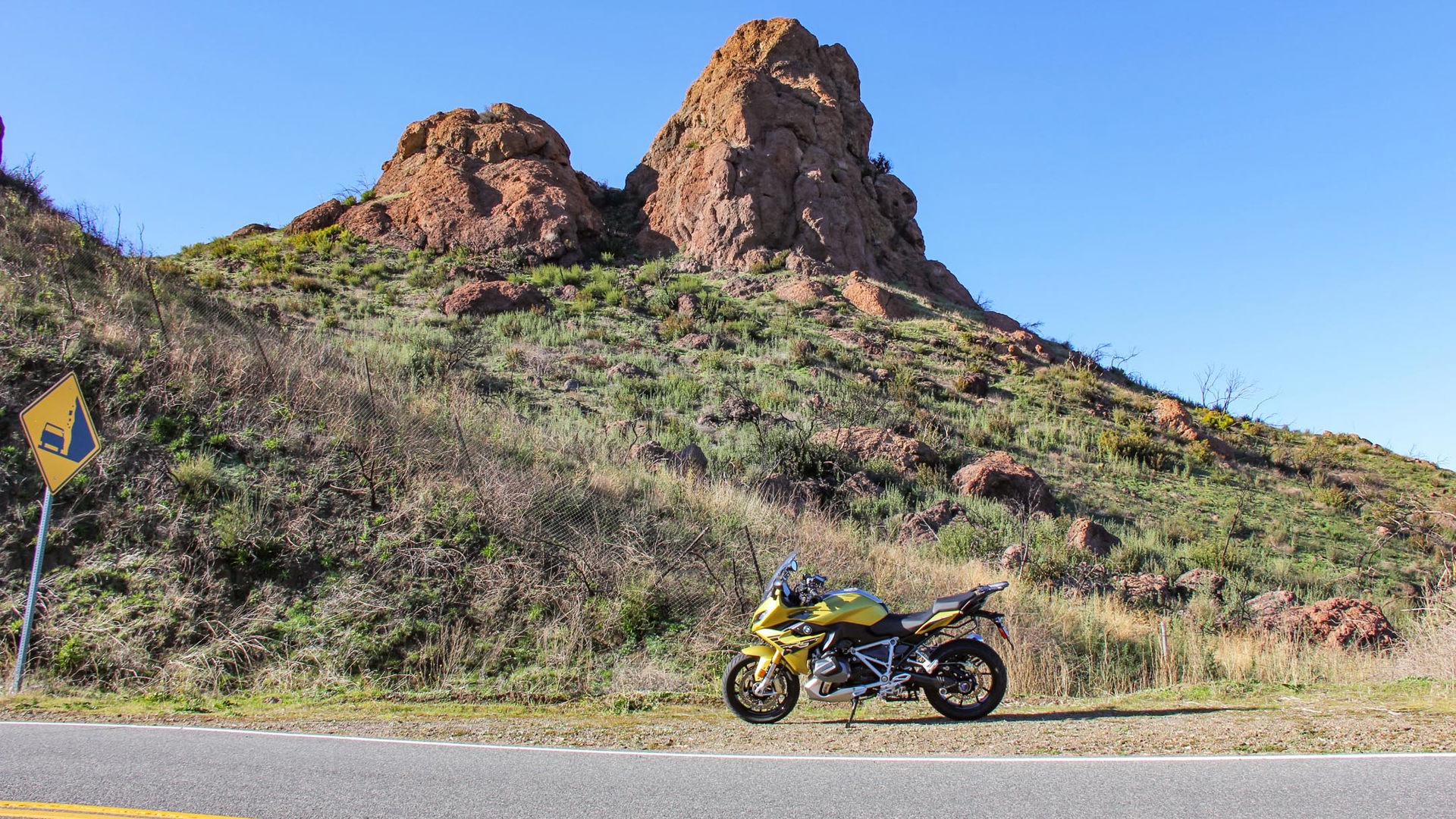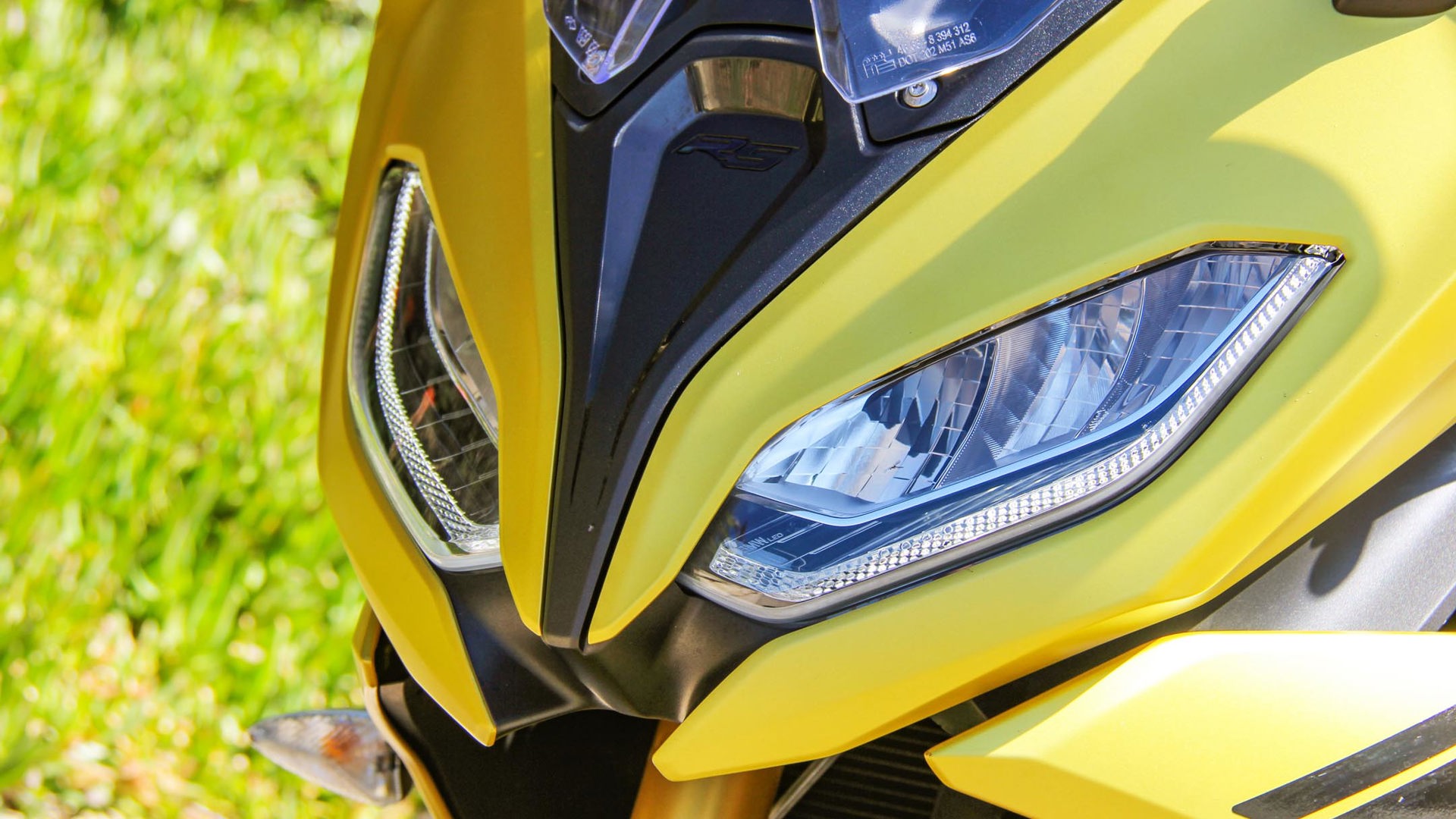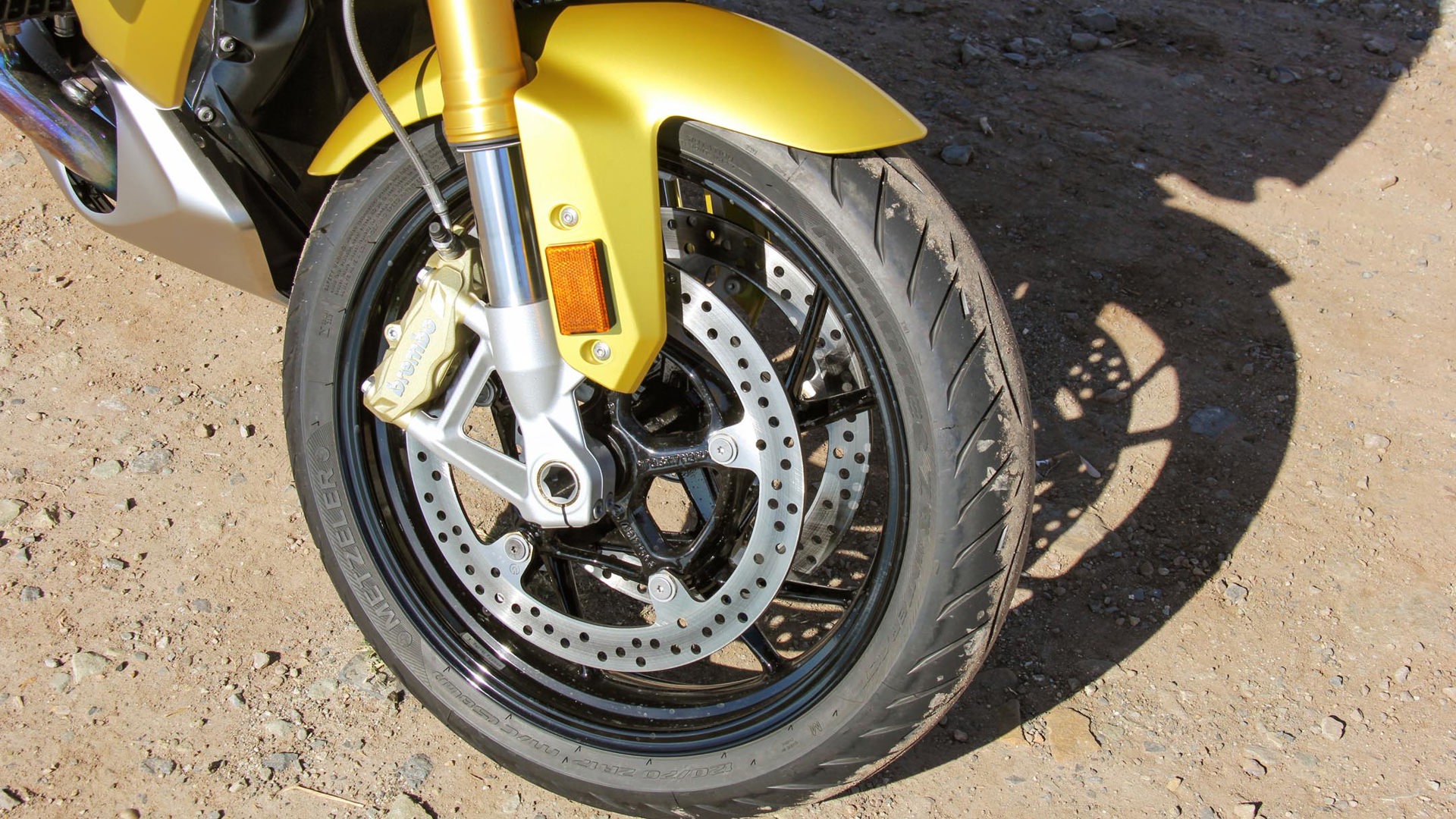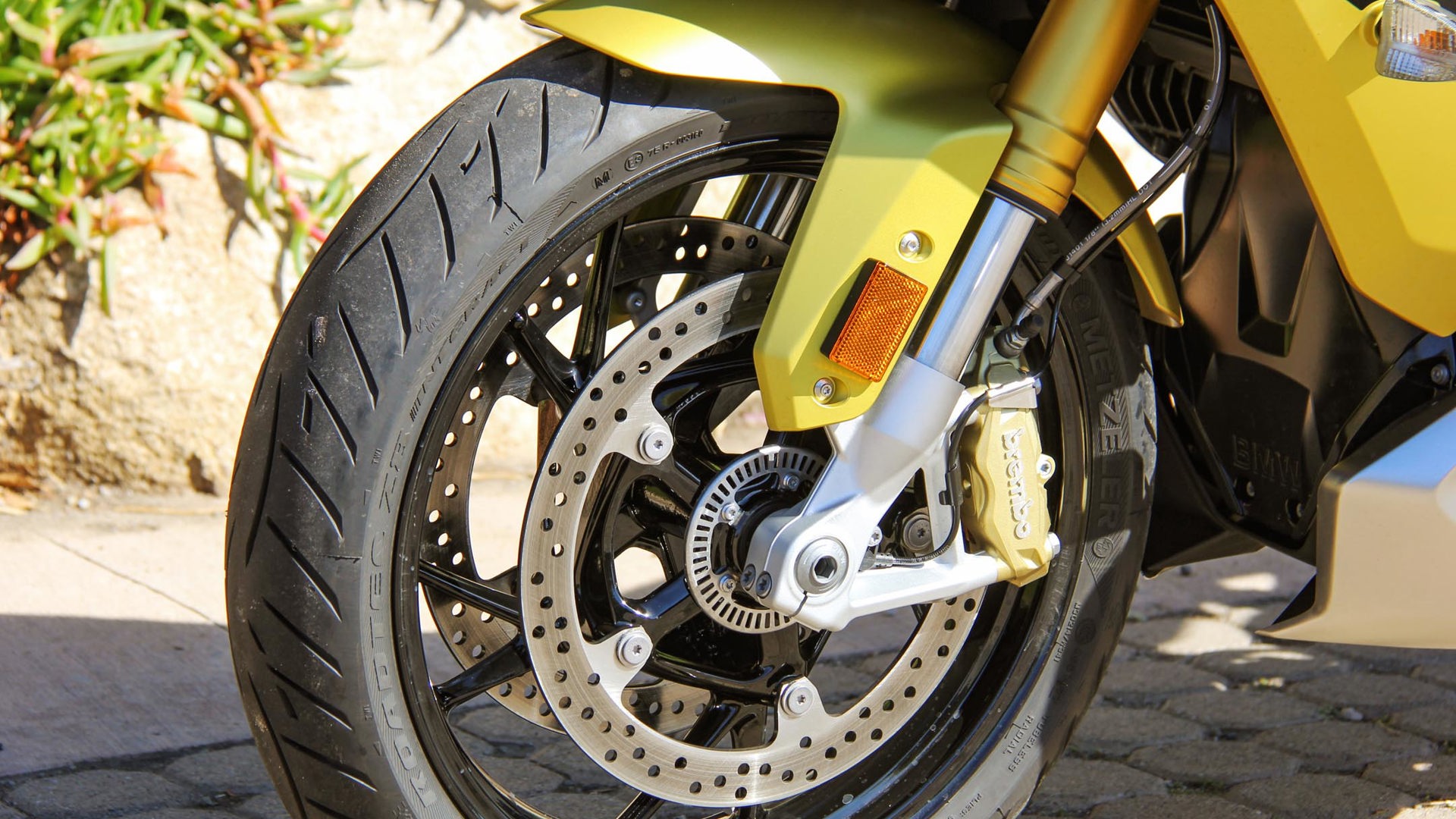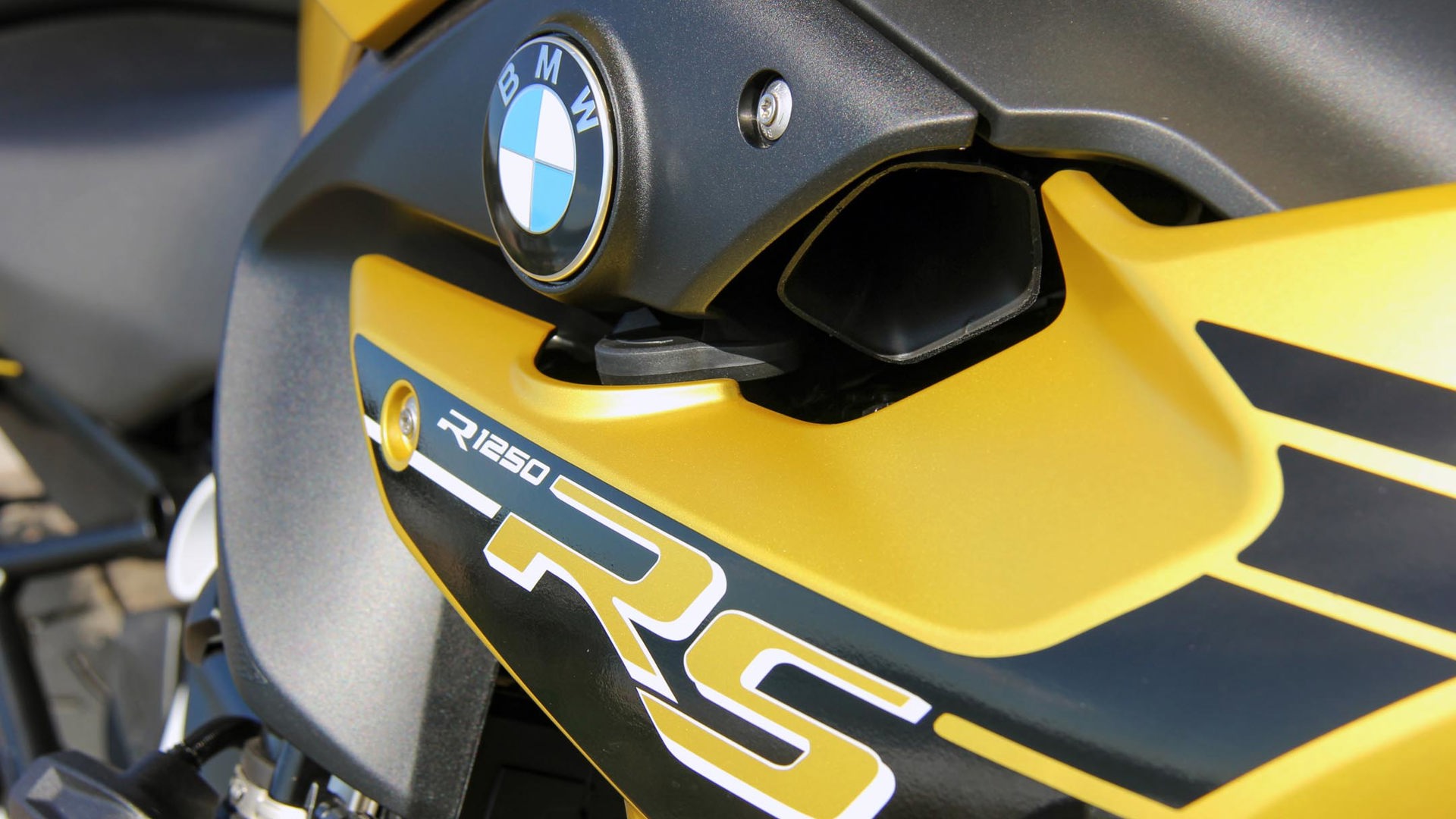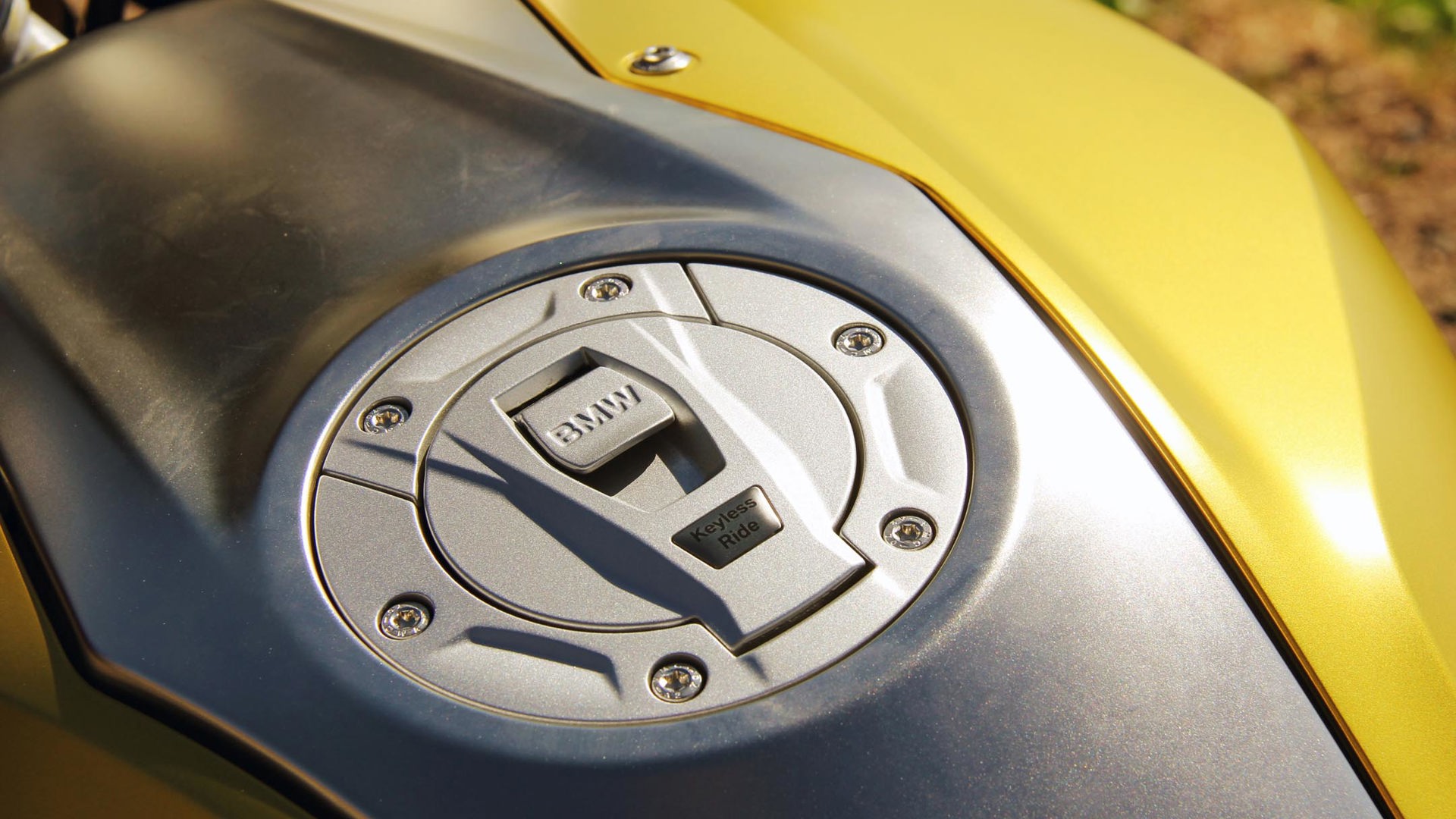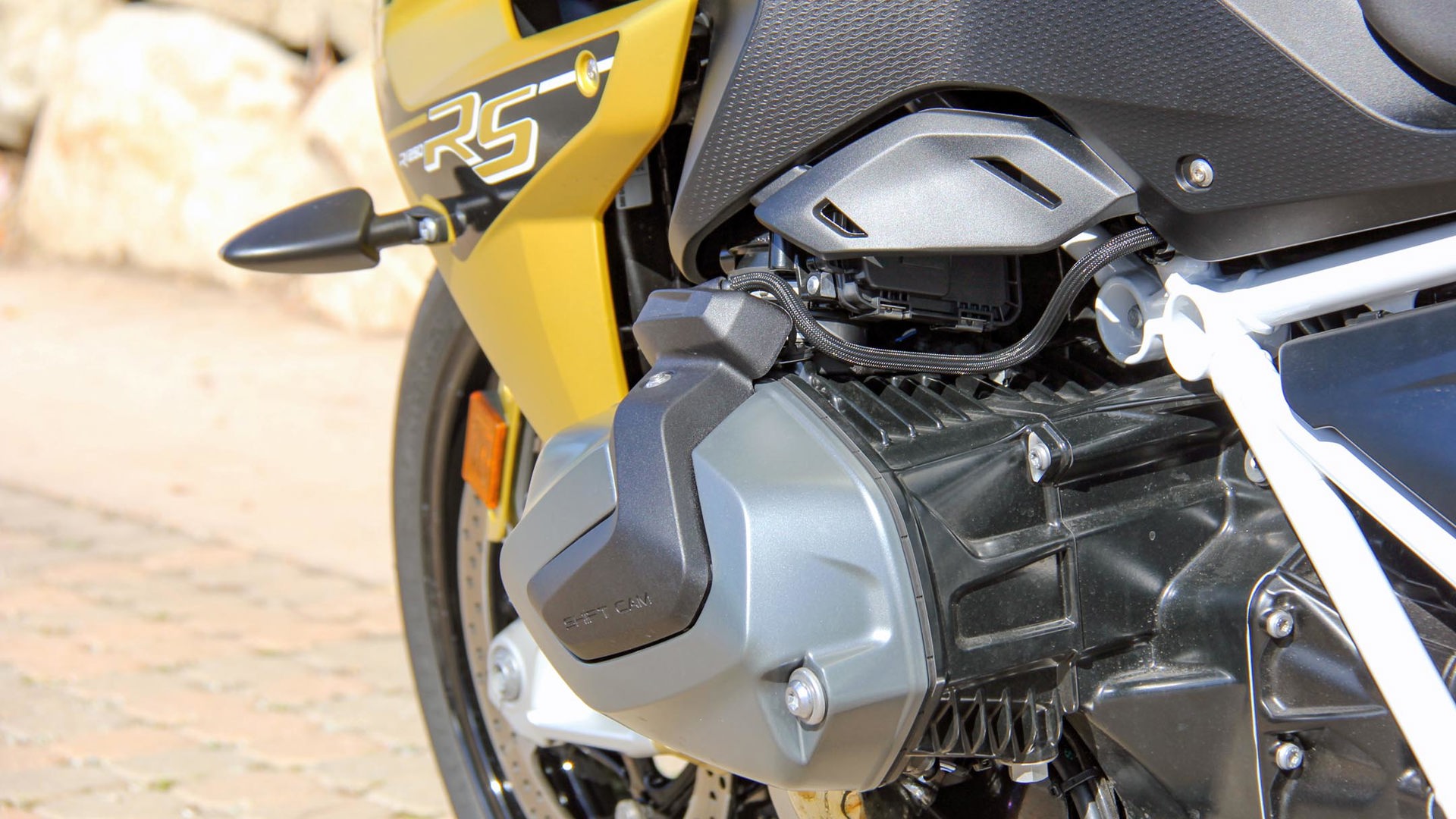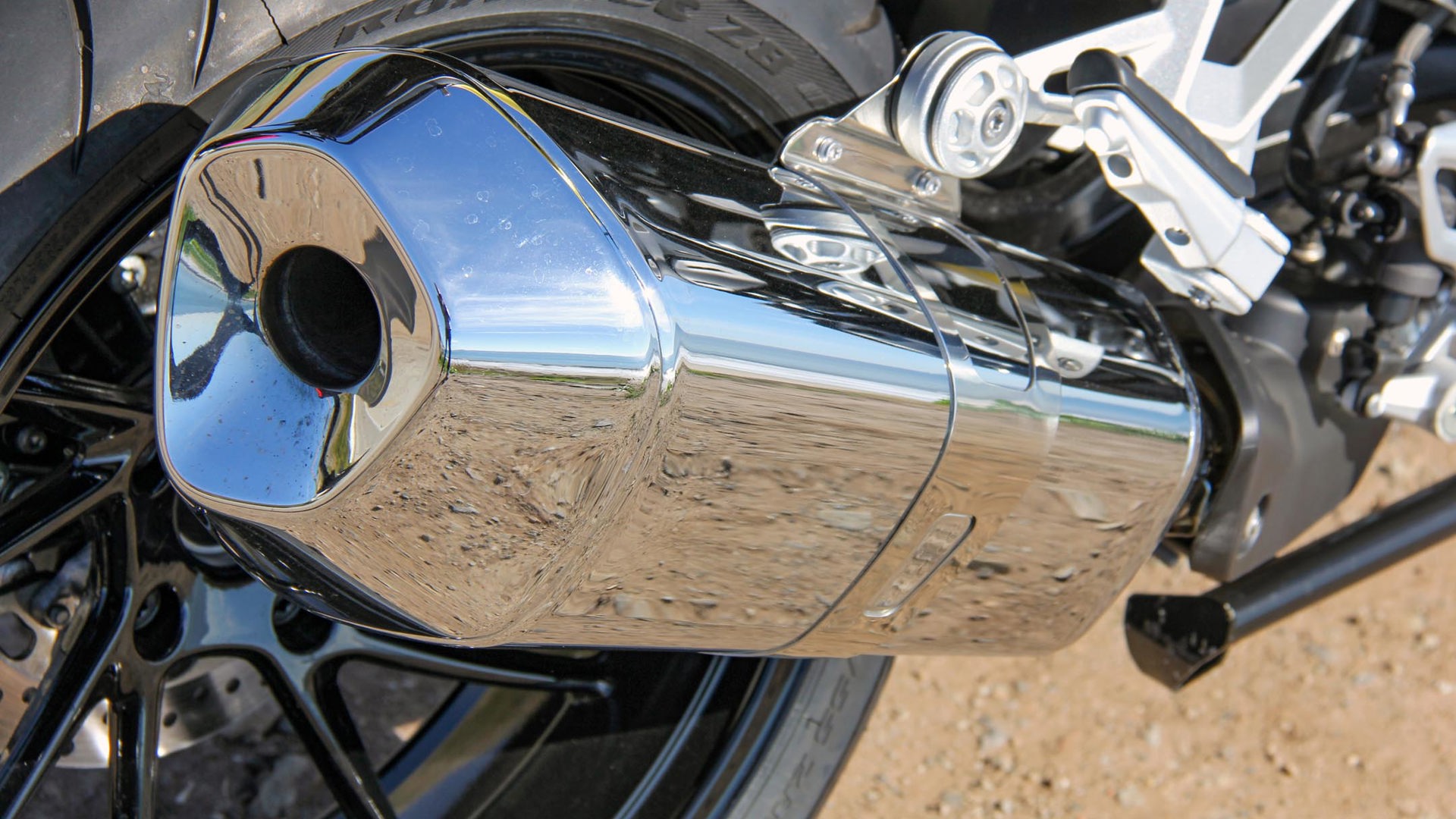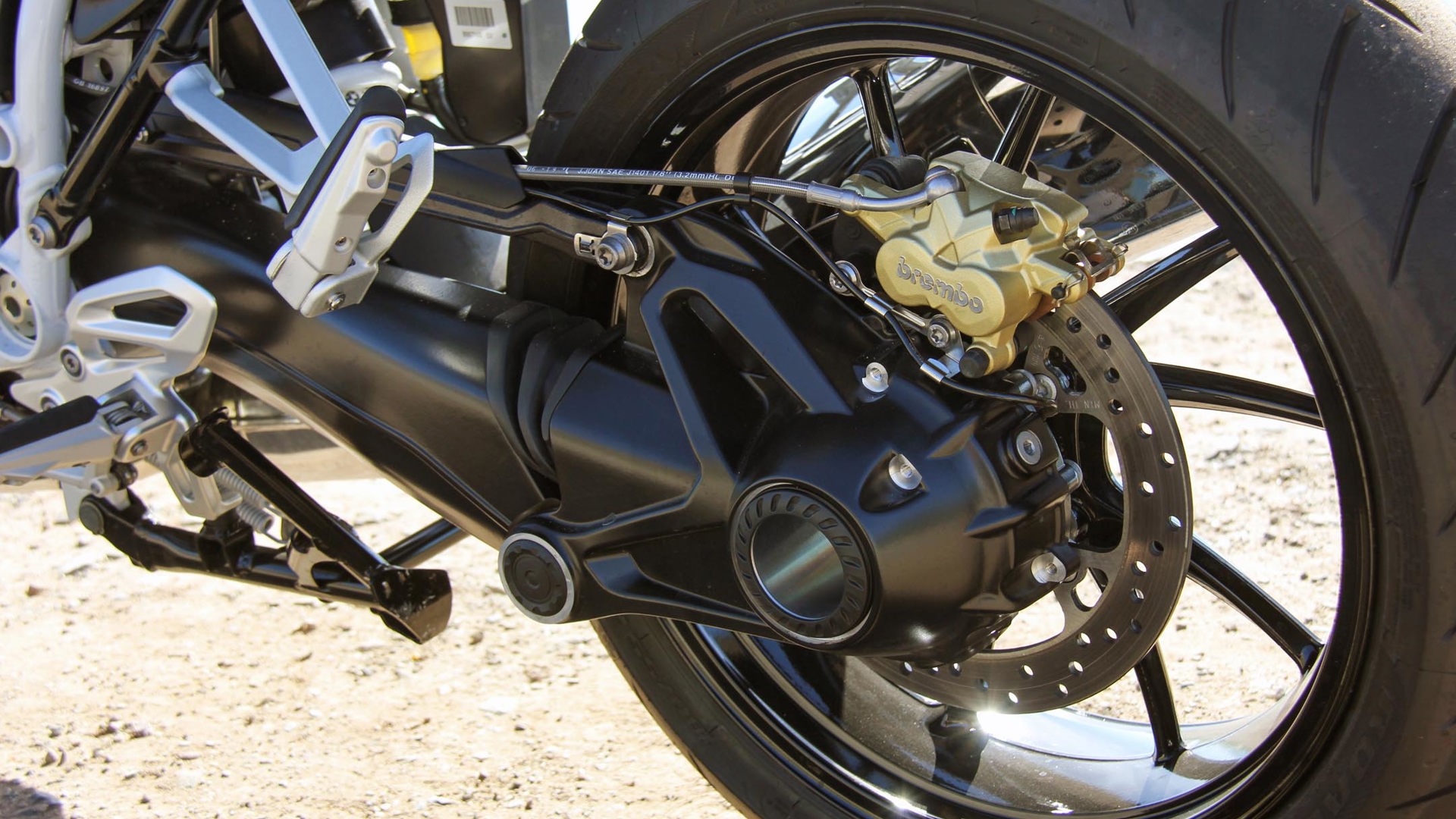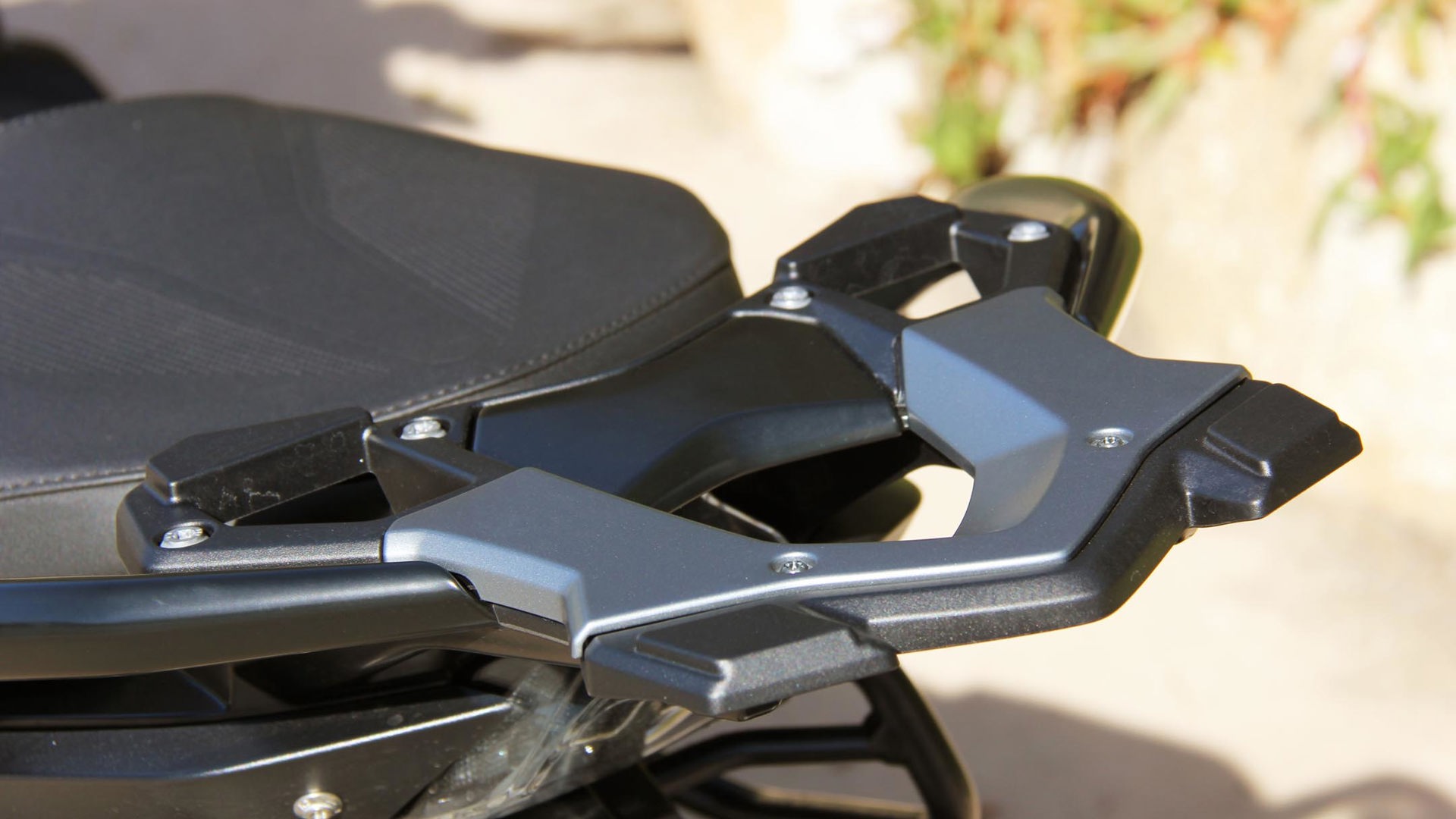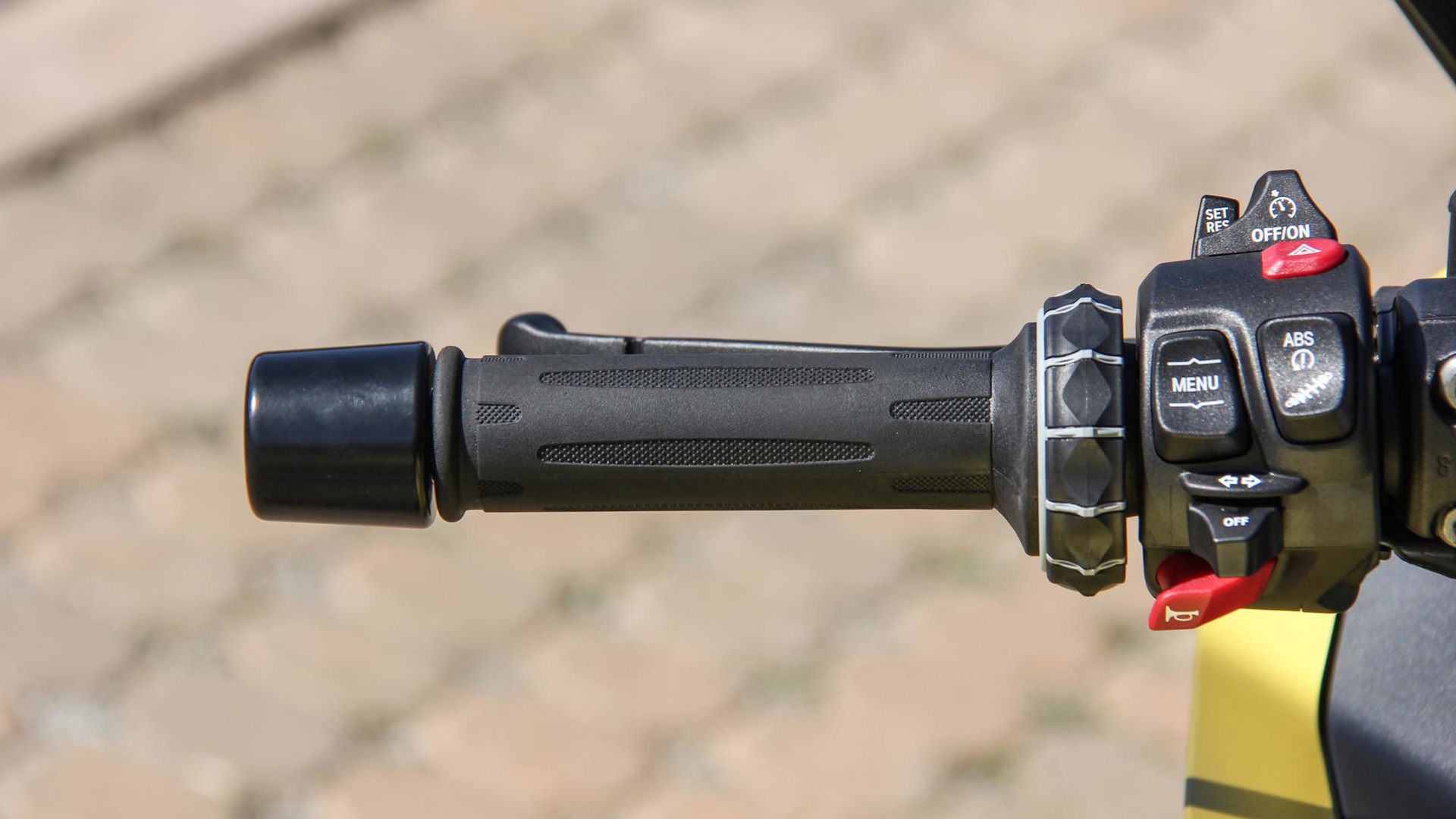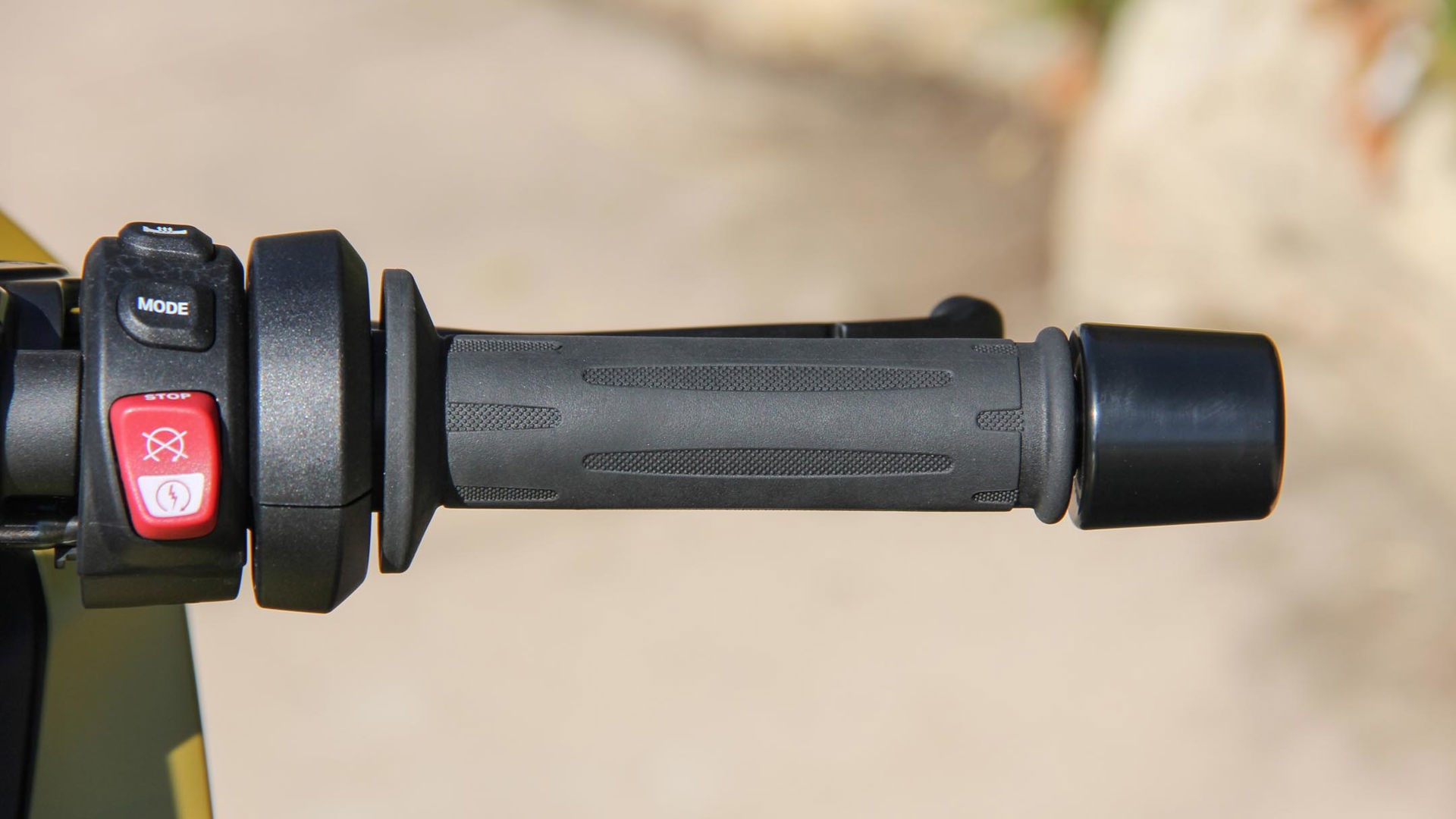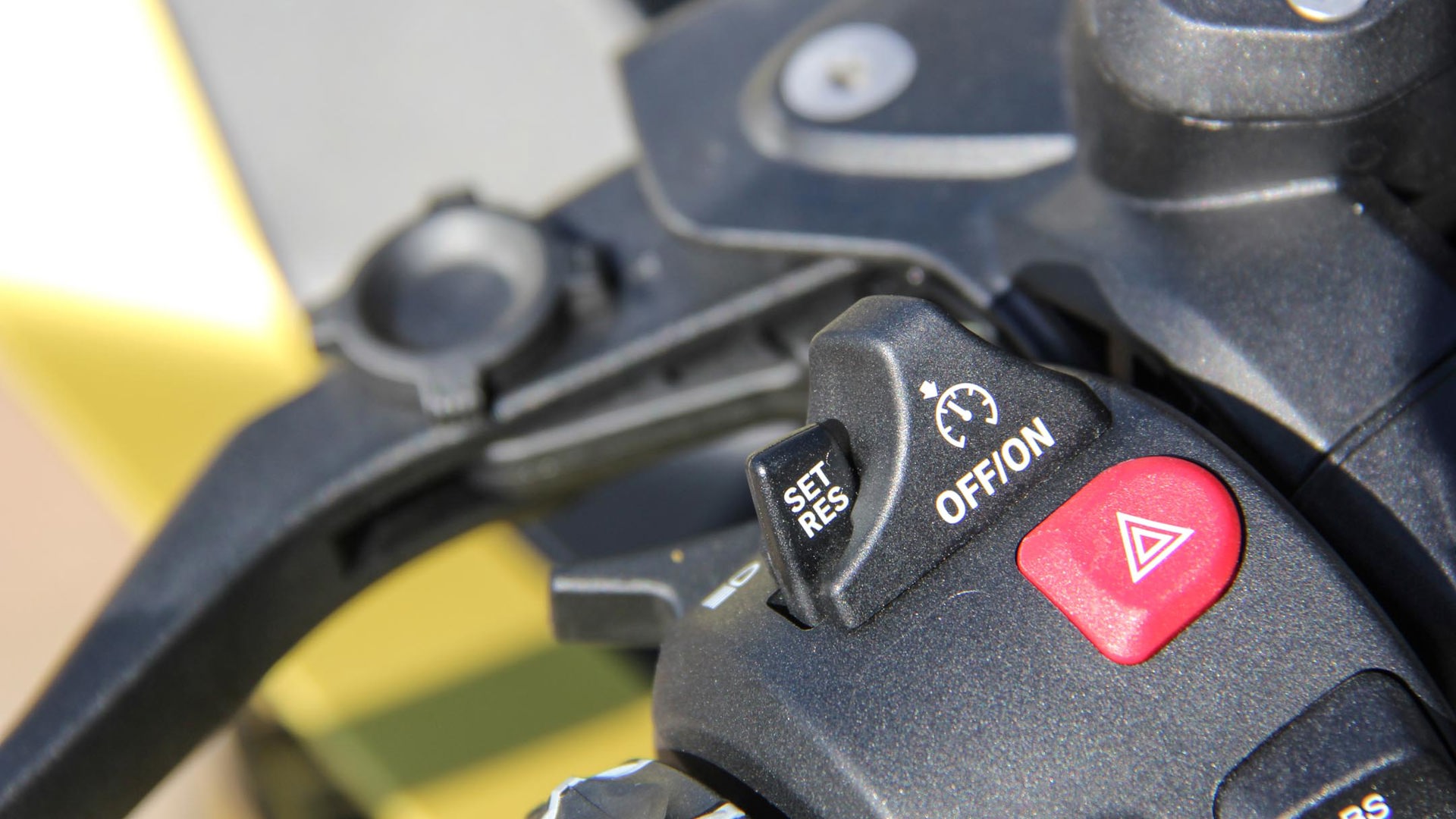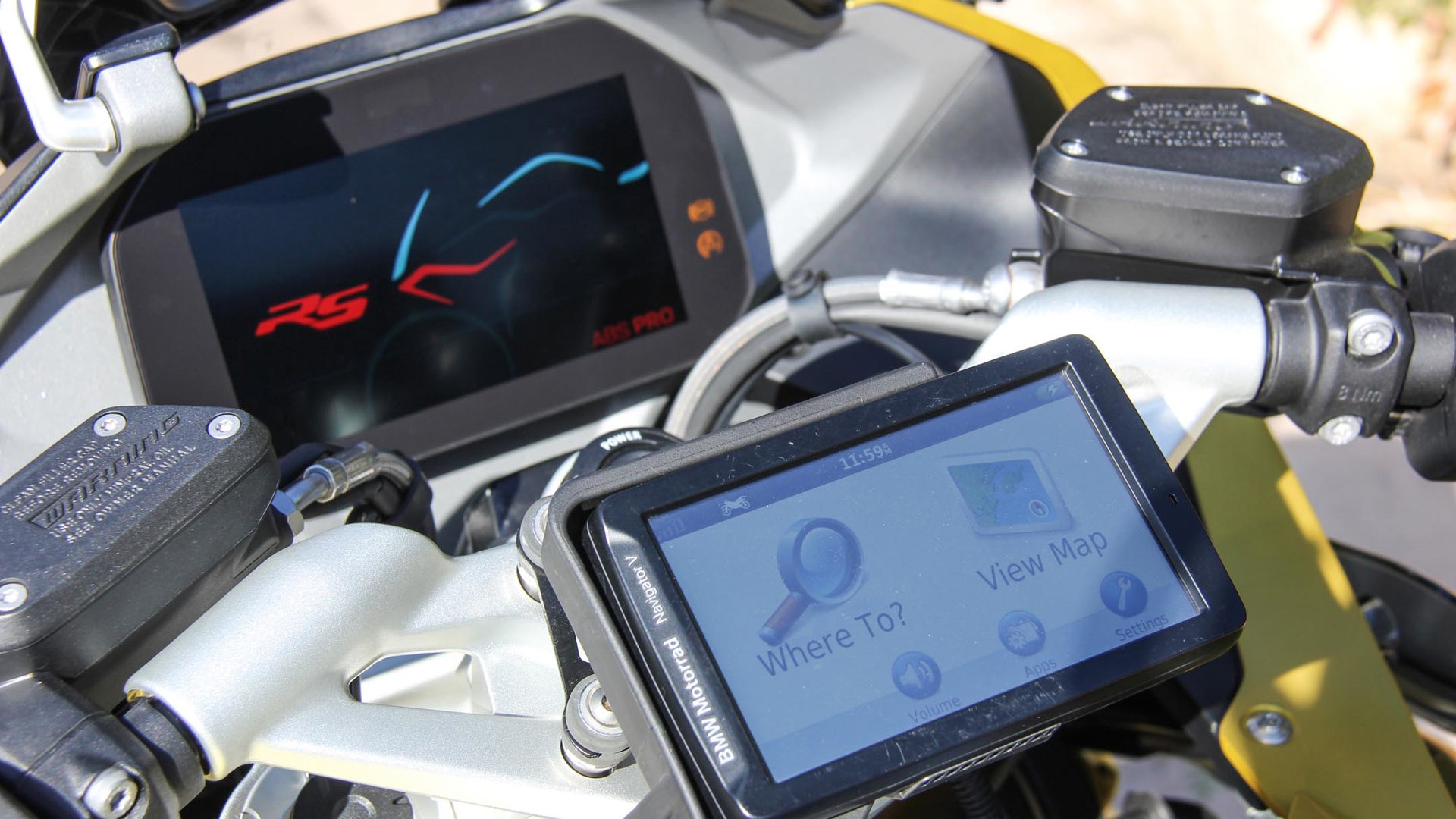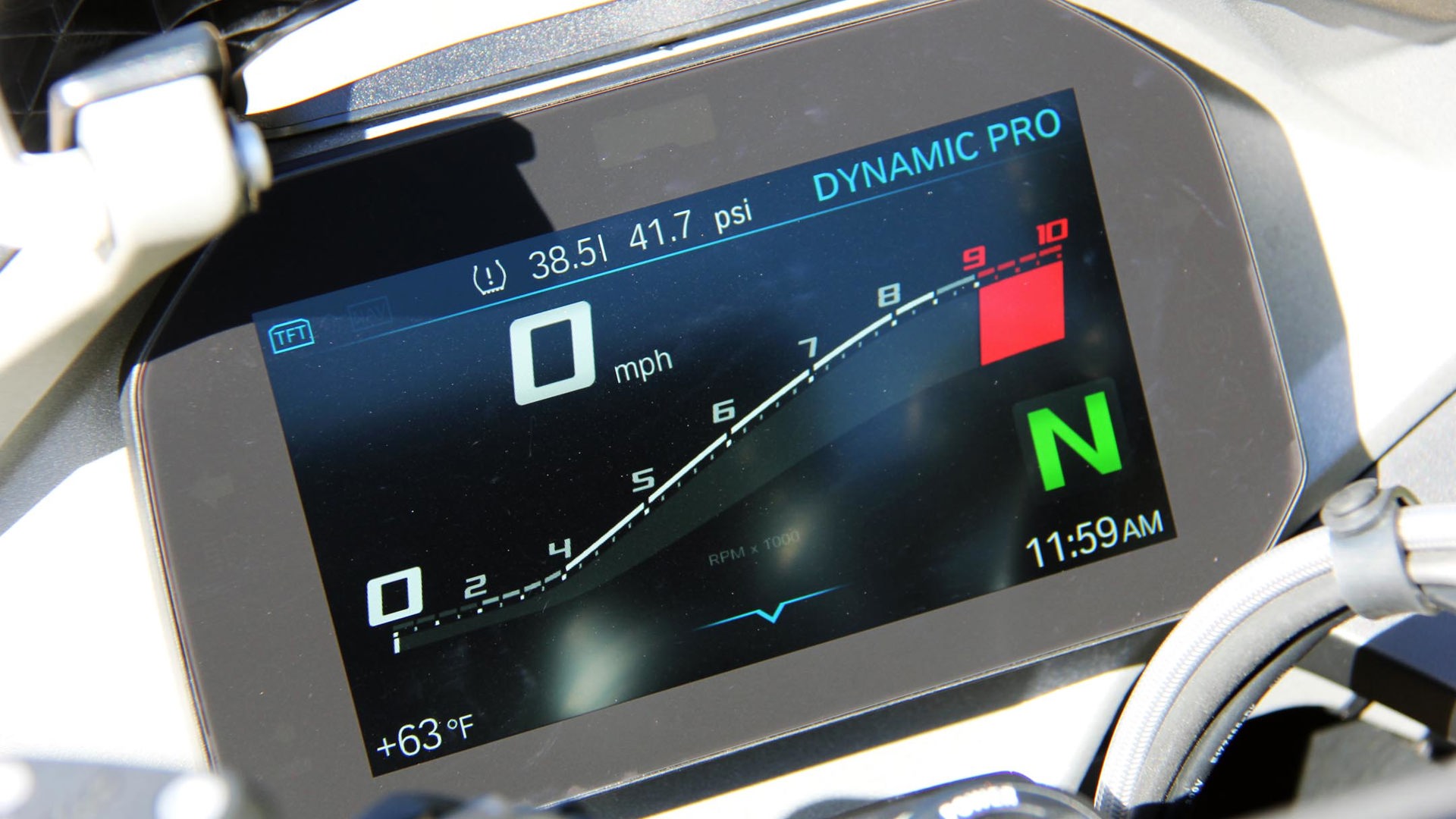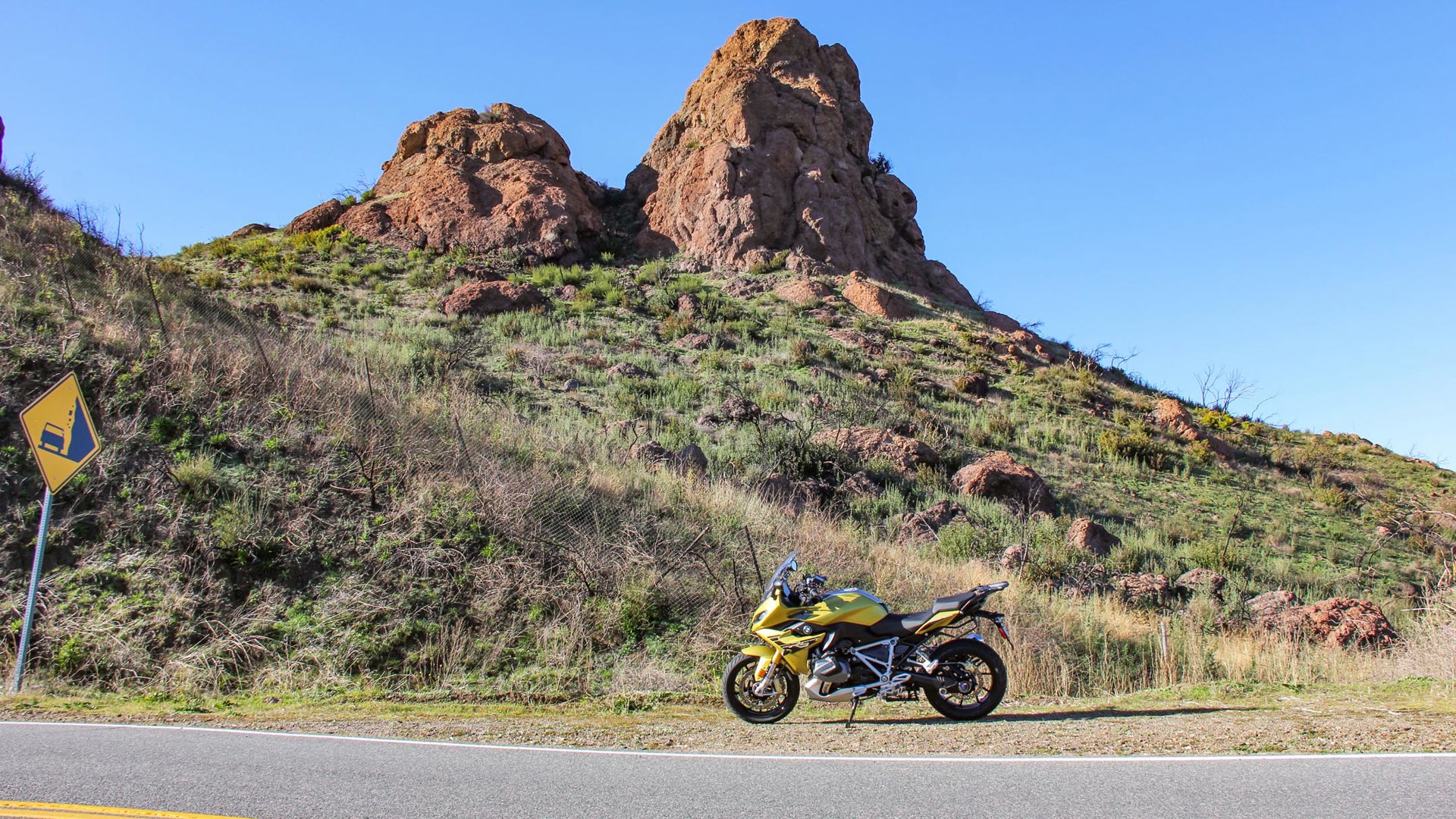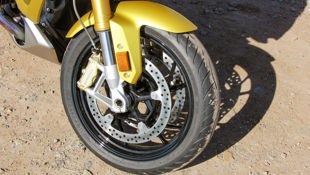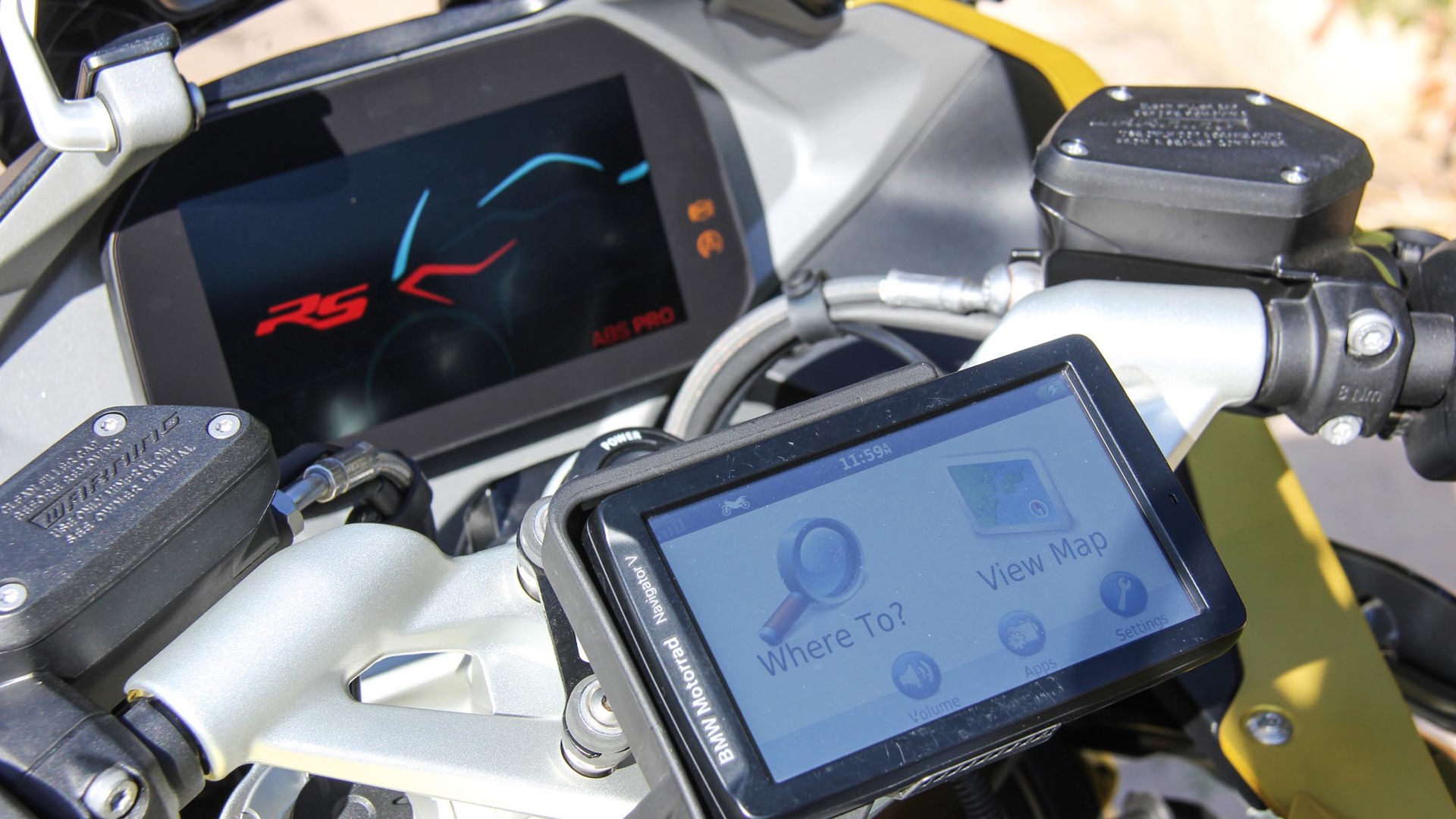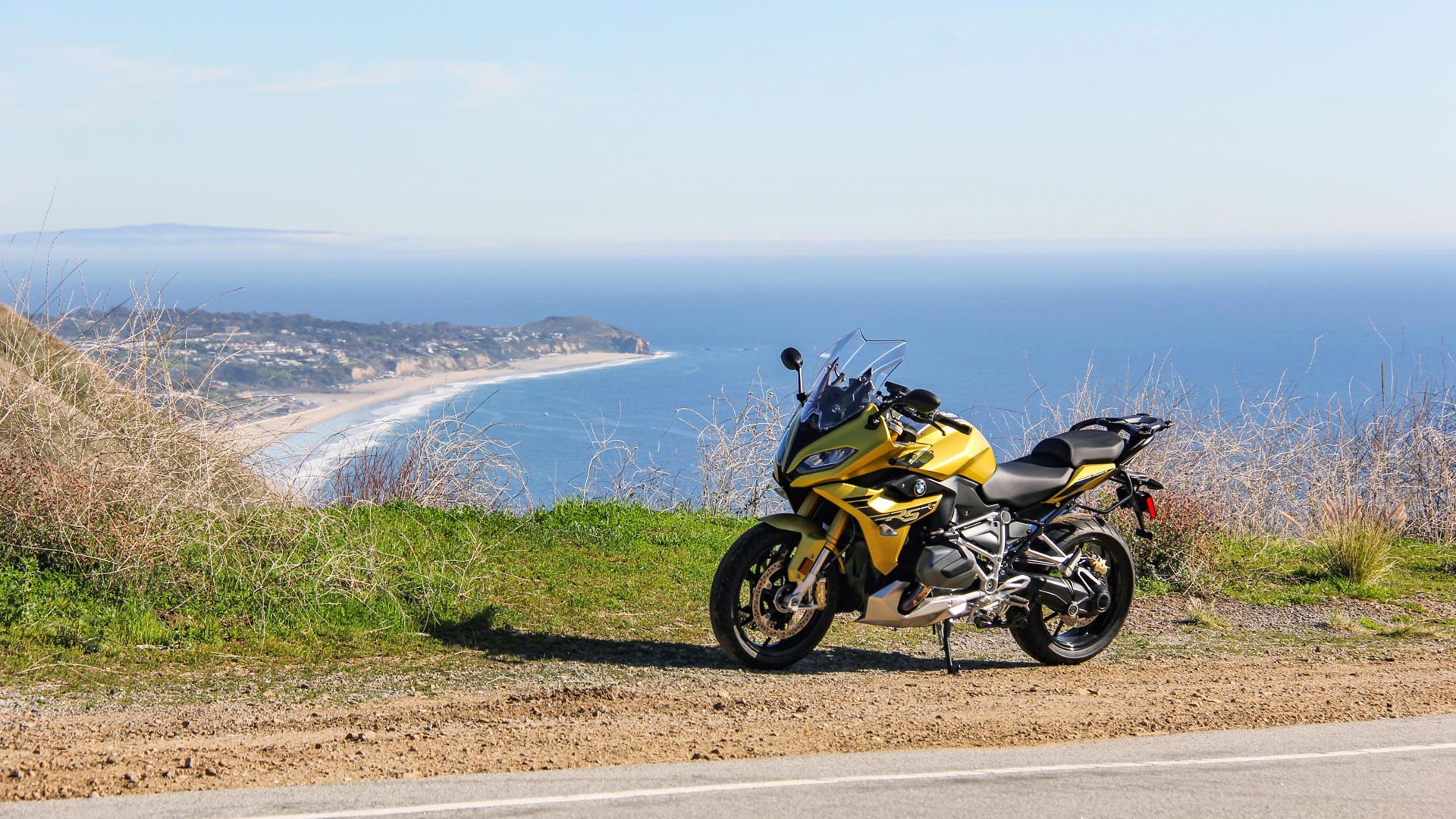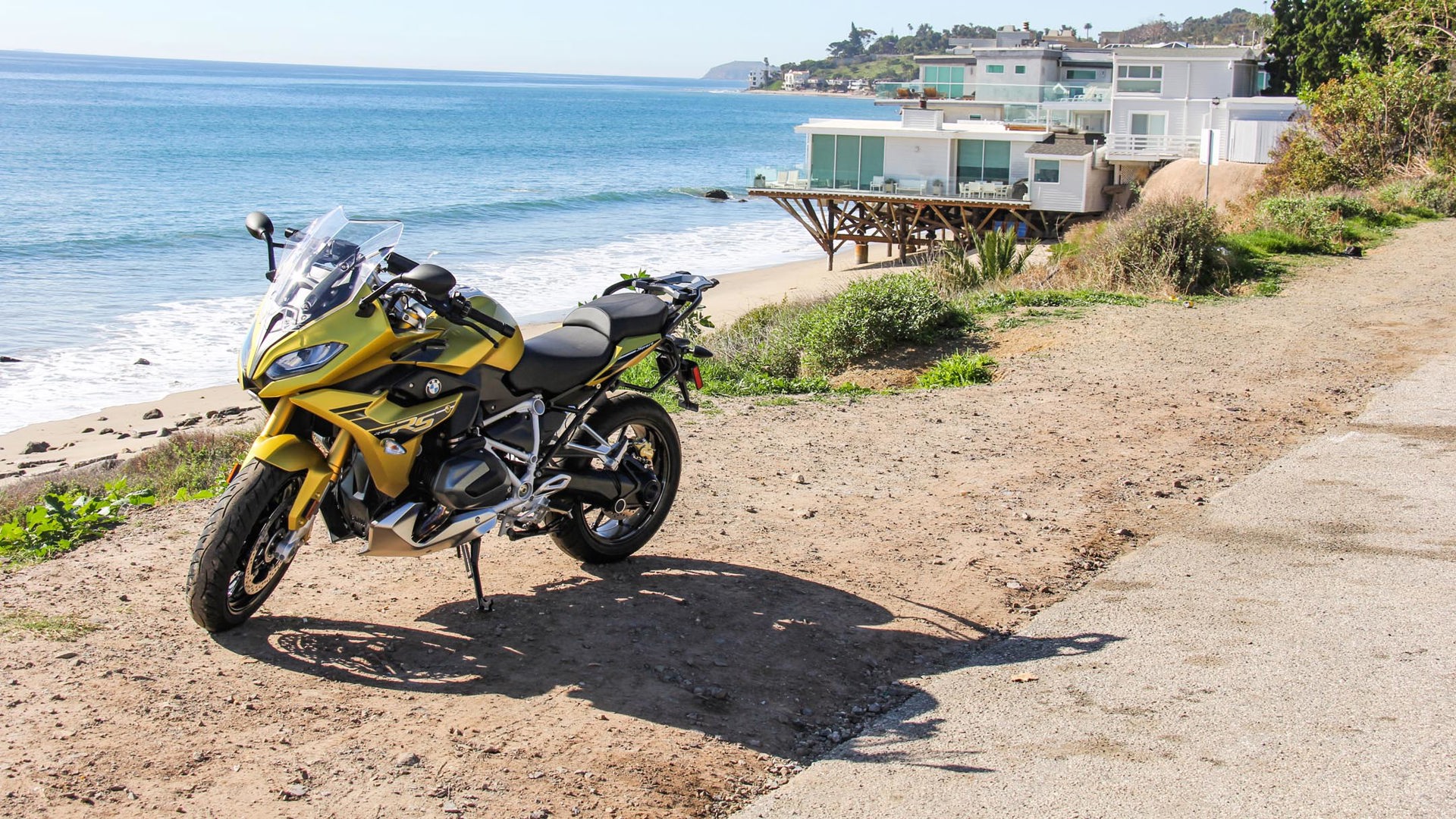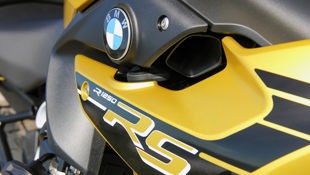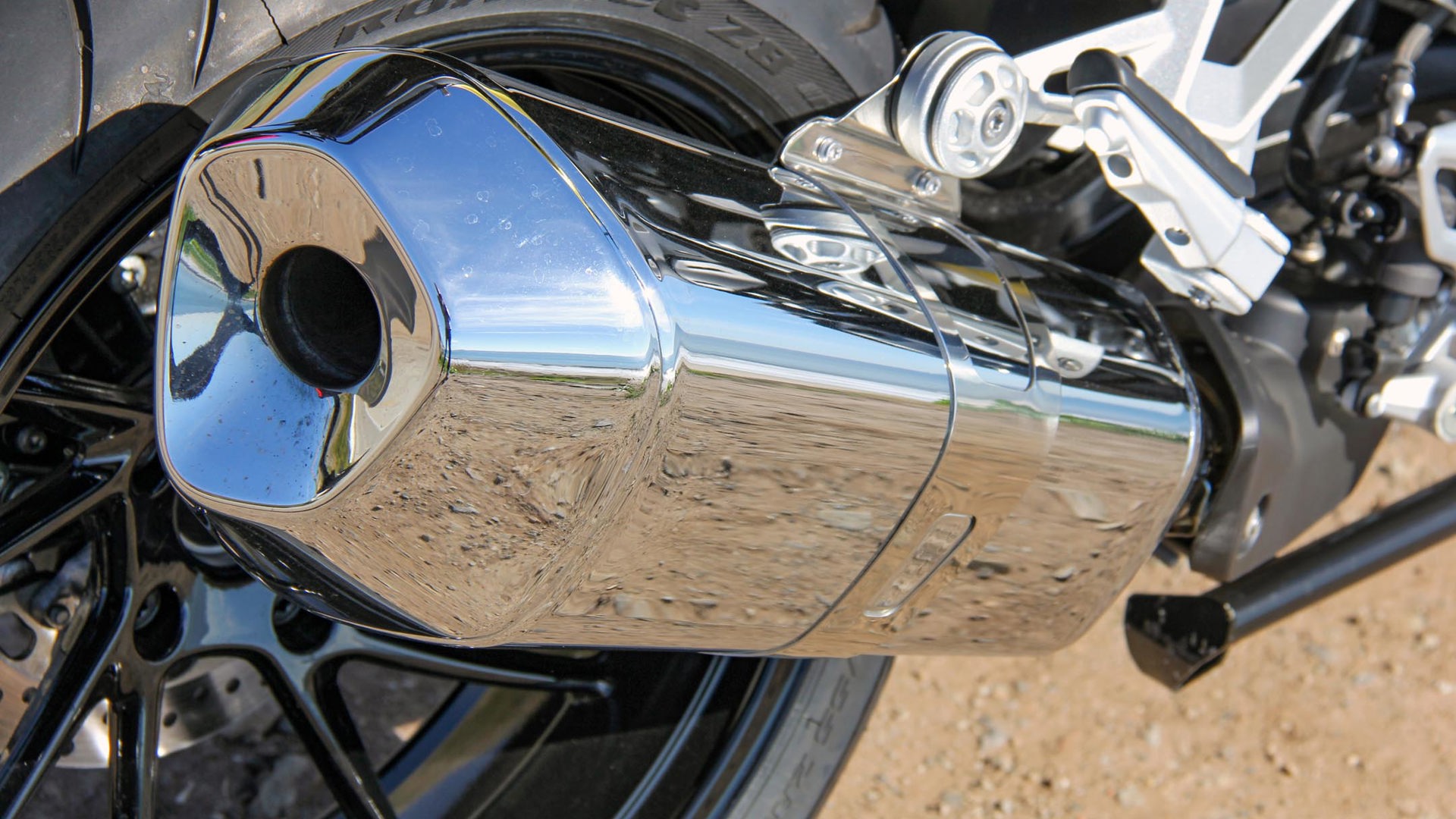Originally published on Canada Moto Guide: First Ride: 2020 BMW R 1250 RS
For years, Steam Whistle Brewing’s marketing efforts played on the fact that they only offered one kind of beer. By offering a single product, they reasoned that they were able to “Do one thing really, really well.” That’s all well and good, but what if you don’t like pilsner? Well, they eventually caved and started making a pale ale for those who want something different. It’s good to have options.
One’s track needs can of course be more than met by the sublime S 1000 RR, but perhaps your supersport days are behind you. The growing K 1600 family provides a number of touring solutions. But what if you’re in search of something that is capable of spirited corner-carving and that you won’t have to be pried off of at the end of a long day? Thus, the R 1250 RS was born, positioned as a long-distance sport bike. So, can it back up its bite, or is it a lesson in marketing hyperbole? Let’s find out, shall we?
With an MSRP of $18,000 (CDN) in black, the 2020 BMW R 1250 RS is priced pretty competitively out of the crate. As a matter of context, a smaller displacement Ninja 1000 SX can be scooped up for $14,899, but a more potent KTM 1290 Duke GT starts at $22,599. None of these are apples-to-apples comparisons of course and that’s before accessories and options.
The redesigned front end of the R 1250 RS gets a sportier, more aerodynamic treatment along with full LED lighting. Available colours are Imperial Blue, Stardust Metallic and Black Storm Metallic. My tester was outfitted in Austin Yellow Metallic Matt.
Never being short on torque, power delivery from previous versions of BMW’s horizontally opposed Twin wouldn’t exactly be characterized as delicate. In addition to getting an additional 50 cc’s of displacement, 2020 sees the incorporation of BMW’s new ShiftCam 1254 cc Boxer motor to both the standard R and RS sport tourer. ShiftCam is basically a fancy name for variable valve timing. The intake camshaft features two cam lobes per valve. A sliding actuator takes direction from the throttle valve to determine which set will be used – light load or full load cams. The result is improved fuel economy, or increased performance depending on how you’re riding. The intake valves are also staggered to create a swirling air–fuel mixture for a more efficient burn. The engine does feel noticeably more refined, without losing any of its potency. It still has a nice grumble and if you downshift without matching revs the rear tire will respond with a healthy chirp before Dynamic Brake Control kicks in to straighten you out. Refined doesn’t equate to boring.
Experiencing the R 1250 RS in and around the Greater Los Angeles area just prior the COVID-19 outbreak that forced everyone to stay home meant that my time in the saddle was measured more in time than distance at first. I may not have been logging serious miles, but I did get plenty of seat time in a variety of conditions. The hydraulically operated multi-plate wet clutch got plenty of use in and around town as I crawled through the mind-numbing traffic.
The stock 820 mm (32.3-in) seat height is comfortable and well suited to my six-foot stature, but both higher and lower options are available. The riding position is very neutral. My arms weren’t stretched out too far in front of me, I wasn’t hunched over, and my legs were comfortably situated. Without bags, the width of the bike and distance between the bar ends made for easy lane-filtering. It’s the kind of motorcycle you could easily use for daily commuting or load up for longer rides.
In addition to its robust torque, one of the benefits enjoyed by the Boxer motor is its low centre of gravity. The main gripe I have had in the past is that in some applications, I repeatedly knocked my shins on the cylinder heads when I hunkered down close to the tank or leaned aggressively into a turn. Thankfully this is not the case with the 1250 RS, as the engine is mounted far enough out of the way to be an issue.
LA is not an ideal city for getting anywhere quickly. Aside from allowing both lane-filtering and lane-splitting (yes, there’s a difference), traffic is horrendous, and the roads are in terrible shape in all but the fancier neighbourhoods. I may have ridden the RS for two days before I got above second gear as I navigated traffic, potholes, pedestrians, and garbage. But once I did, the fun began. Power is rated at 136 hp at 7,750 rpm and a claimed 105 lb-ft of torque at 6,250 rpm. Ease onto the throttle and it responds smoothly. None of that thumpety-thump of days gone by. Crack your right wrist back and the RS is off to the races in a damn hurry. But smoothly.
From onset to redline I never felt like I was out of the powerband, or in the wrong gear. That would come in handy when I was up exploring the canyons north of LA when the traffic dispersed, and the roads got interesting. Suspension consists of a 45mm telescopic upside-down fork up front with a rear cast-aluminum swing arm supported by BMW’s Paralever out back. Spring pre-load and rebound damping are continuously variable but adjustable by twisting a hand wheel unless you opt for the Select Package which was included on my tester. This adds Dynamic ESA (electronic suspension adjustment) that you can change up on the fly. Bumps and potholes that would have been unquestionably jarring on other motorcycles were soaked right up. It felt planted – balancing comfort and sporting sensibilities.
Leaving Santa Monica behind, I approached Malibu with the ocean air wafting through my helmet. Wind protection from the (manually operated) two-way adjustable windscreen felt more than ample at legal highway speeds. I then turned inland to explore the winding canyon roads for which the area is renowned. Sports cars and motorcycles are a common sight with good reason. After only a couple tight turns, it was clear that the RS feels lighter and nimbler than its 243 kg (536 lb) running weight would suggest. Steering is sprightly, precise and predictable without being overly sensitive. Sublime stopping power is handled by dual floating discs with four-piston radial calipers up front and a single disc with a two-piston floating caliper in the rear. It was easy to get settled into a rhythm, letting one corner flow into the next. Opting for the Dynamic Pro setting bring sharper throttle response and firmer suspension. Three preload settings are also available depending on the kind of riding you’re doing, including solo, solo rider with luggage and travelling with a passenger.
Controls are also user friendly. The TFT display is well laid out and easy to read. There are plenty of options to scroll through and play with, like adjusting ABS and ASC or the various ride modes, letting you switch to Dynamic or Dynamic Pro. Again, on the Select Package. Checking the box on the Select Package not only gets you keyless ignition, heated hand grips, cruise control, tire pressure monitoring and chrome exhaust, it also adds Dynamic Traction Control, ABS Pro (cornering ABS) and a quick-shifter (Gear Shift Assist Pro) for both up and down. All components feel robust and compromised of high-quality materials.
The location of the GPS mount makes it easy to read and adjust on the fly. The actual unit is extra. BMW touring cases and luggage racks are available, but not included. It may start at $18,000, but getting one equipped for your next road trip will cost you, as optional equipment and packages are pricey. Other models in the segment have a lot to offer and are less expensive out the door, but they also don’t compare to the level of versatility, precision, and refinement of the BMW.
I can’t say I’d recommend the R 1250 RS as a track-day weapon, but that’s not where its focus lies. If you want to log more miles in comfort rather than being contorted, but don’t want to give up the performance and handling of a sport bike, then the R 1250 RS makes for a compelling proposition with a lot to offer. It’s truly able to do many things, and do them all well.
